Landscape Stories: How did you first come to arts? Why art is important for you?
Mimi Plumb: It was the late 1960s, I was stuck in suburbia waiting to graduate from high school. I needed some meaning and connection in my life, something that I was unable to find in the academic world. I was struggling with poetry as a means of expression, often unable to find the right words. My brother was taking photographs, working in the darkroom at UC Berkeley, and I tried it. It was fun, all of it, taking pictures, printing in the darkroom, and sharing the pictures with people. I was able to share not only what I was seeing but what I was feeling. There's a moment of recognition when photographing that's thrilling. It was always about the content of what I was looking at, and photography was a perfect vehicle for conveying it. Words, language, felt so slow and clunky and alien. John Berger's quote, "seeing comes before words," always resonated for me.
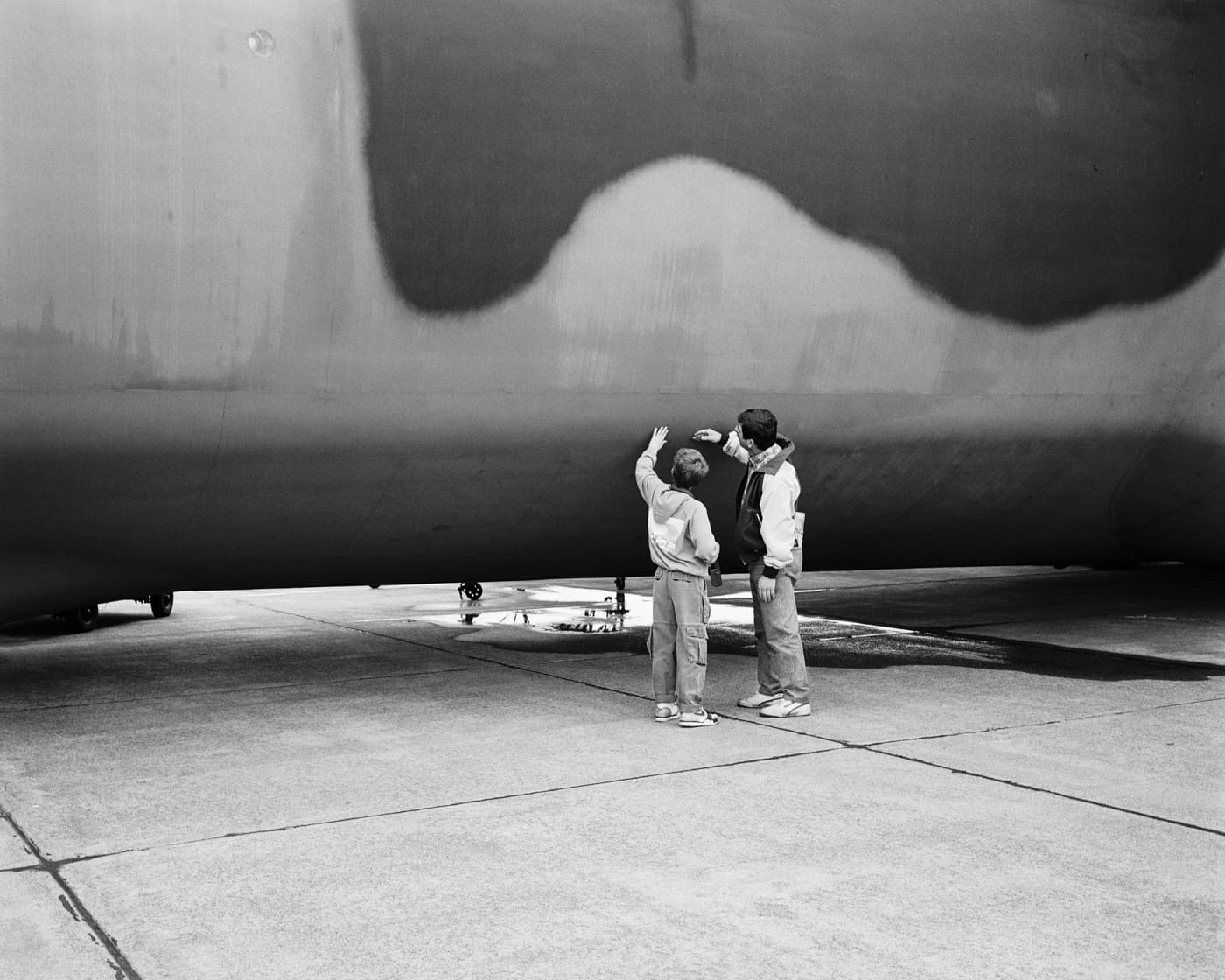
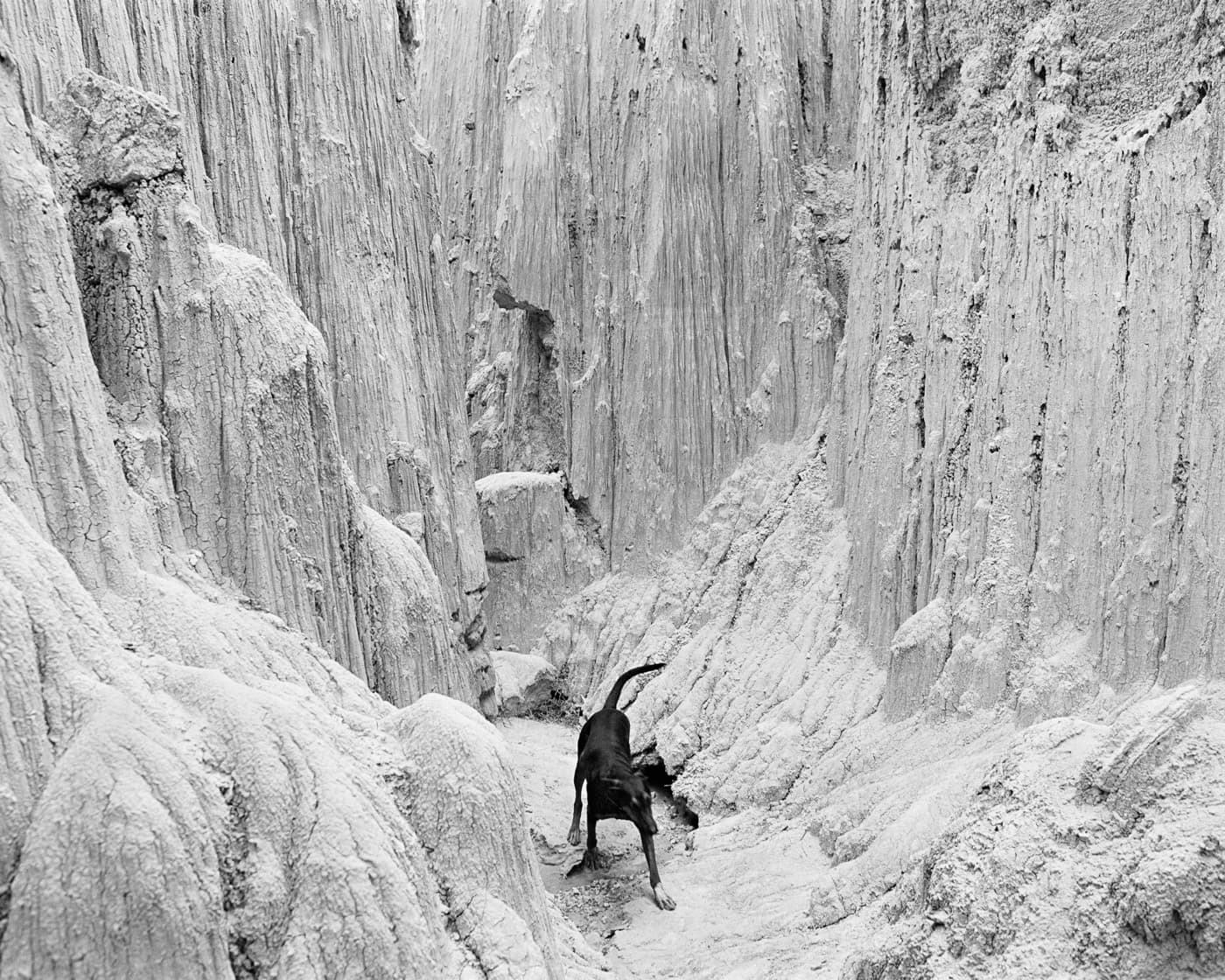
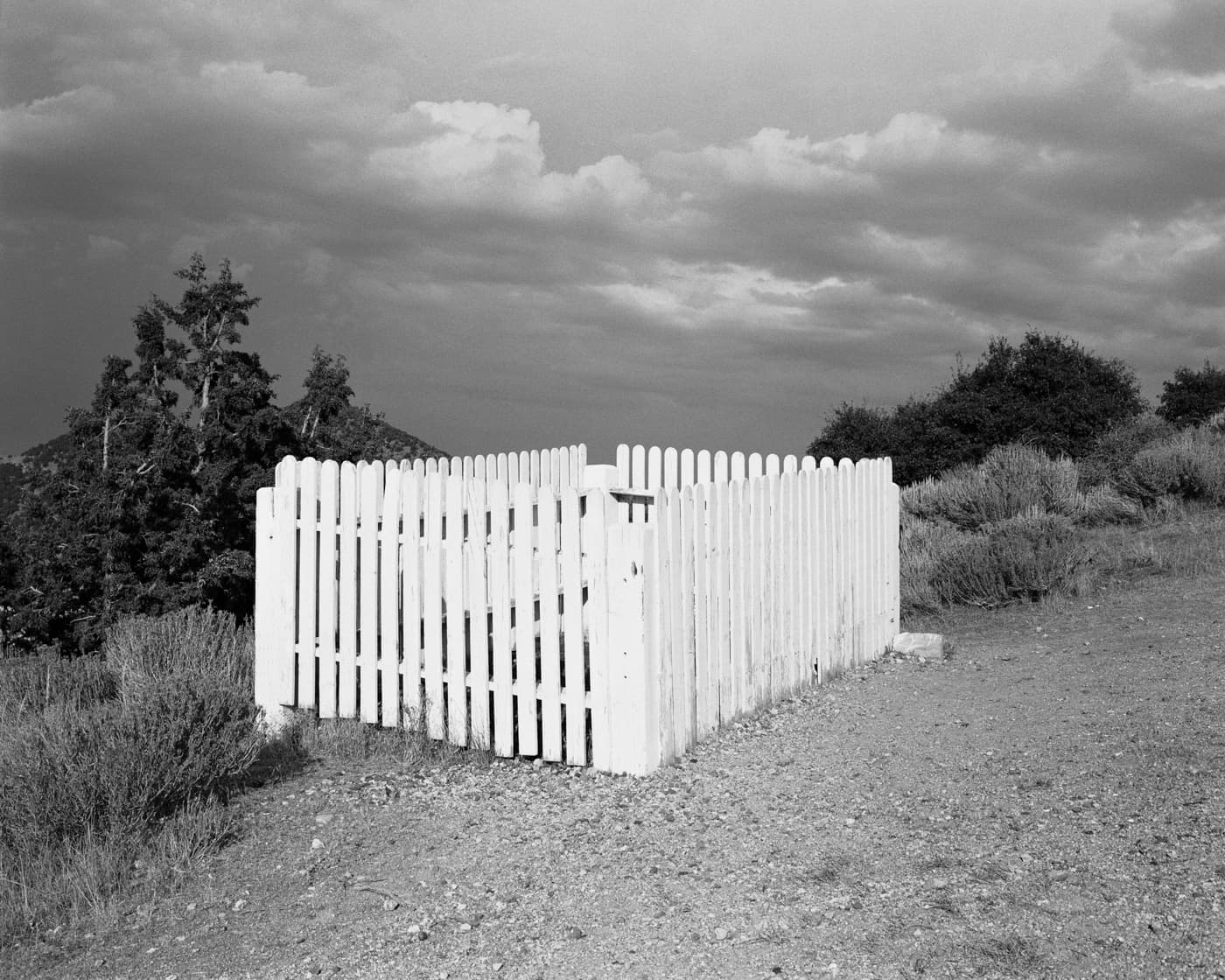
Landscape Stories: Which artist has inspired you most? What was it that drew you towards photography in particular? How did you discover photography as your favourite medium for expression?
Mimi Plumb: I loved Diane Arbus's work, all of it, both her early and later photographs. Even though I was a young Californian, I felt I understood what she was seeing and showing us about being human. I found her photographs to be deeply empathic and filled with angst.
I always liked the immediacy of making pictures. Photographing was fast, fun and and playful. And I was delighted that I didn't have to struggle with language to express myself.
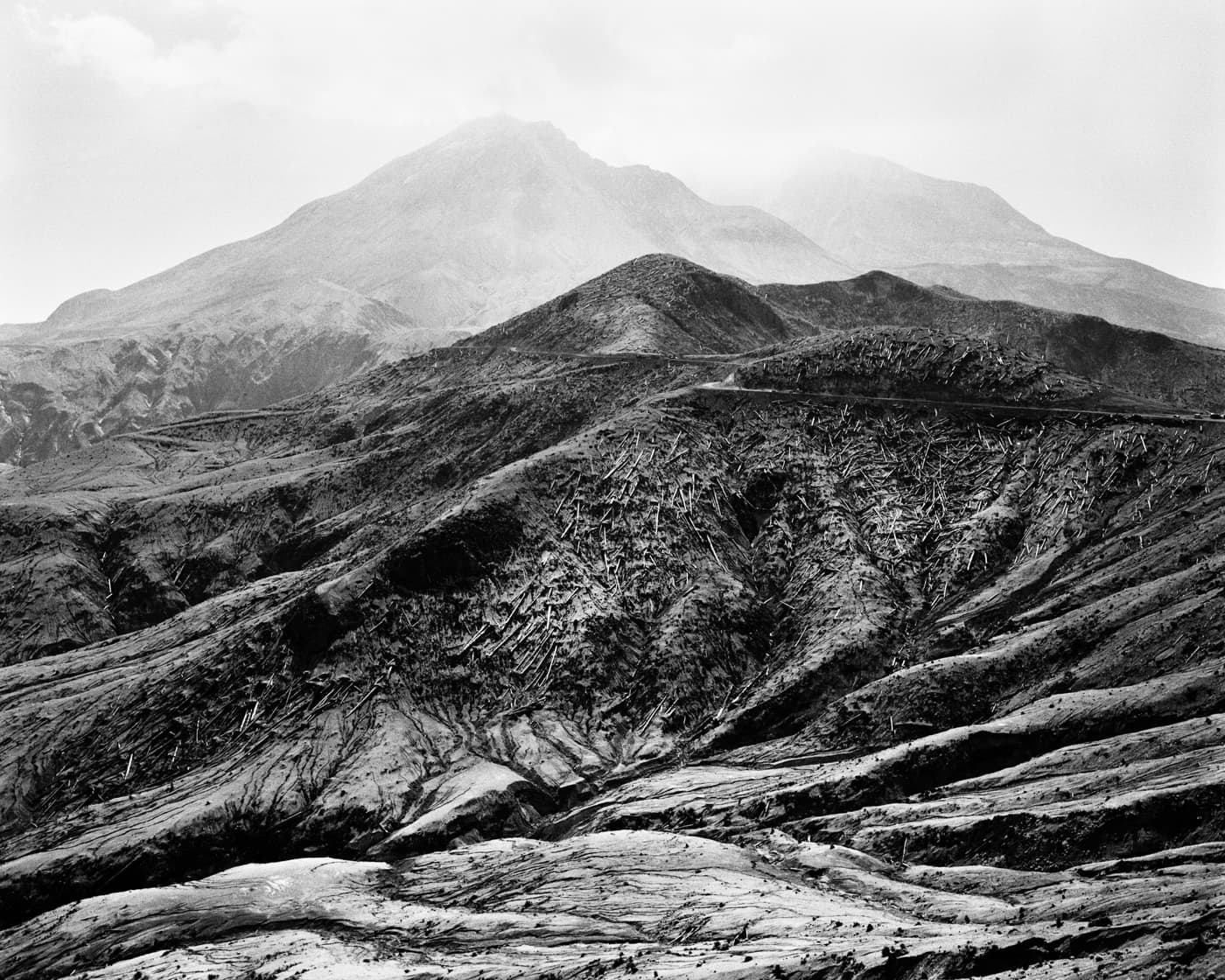
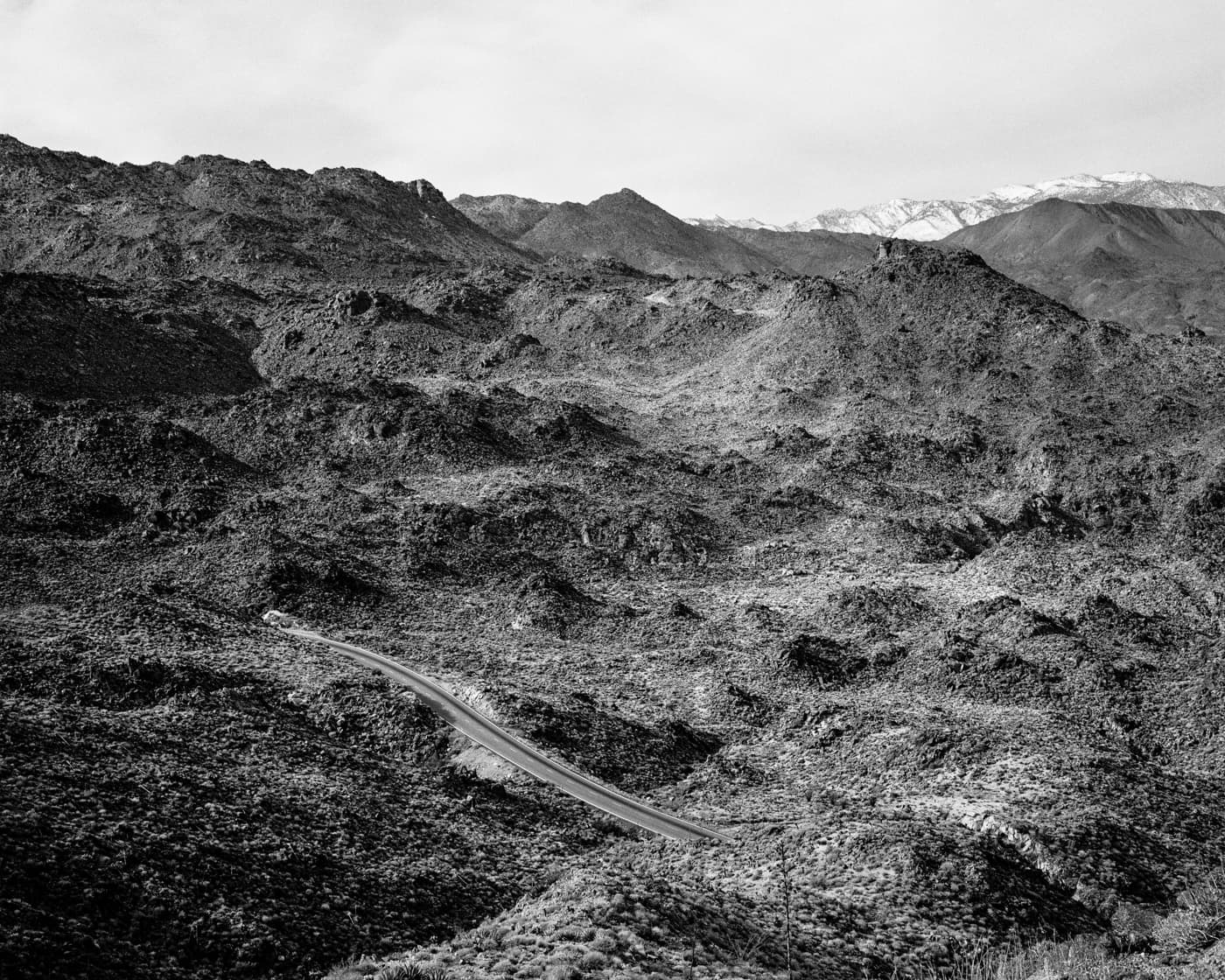
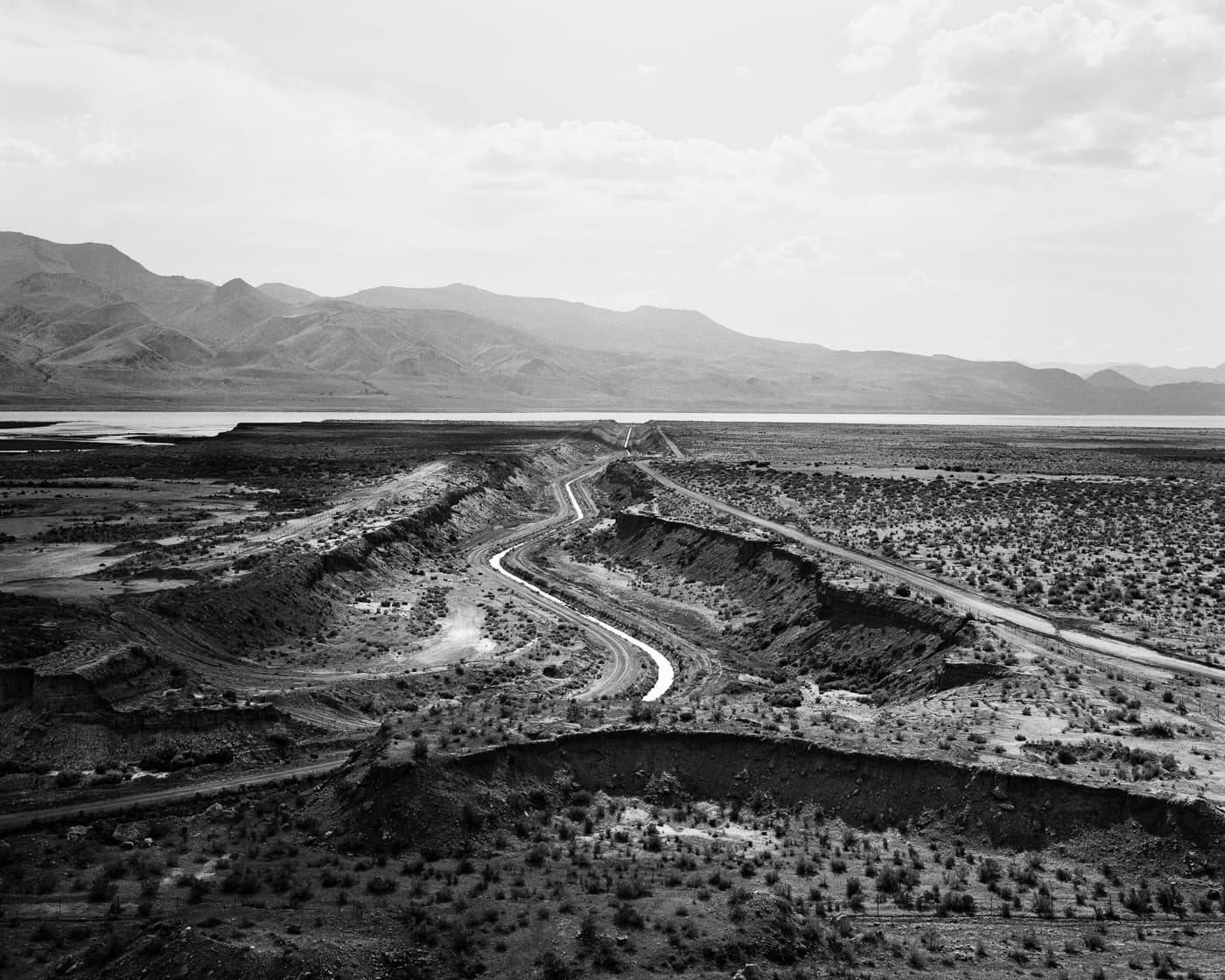
Landscape Stories: How would you describe your photographic voice/language and way of working/creative process? How do you develop your projects? What is your methodological approach and intent? How would you introduce yourself as an author?
Mimi Plumb: As much as possible, I work intuitively. My projects come from looking at and responding to the world around me. Due to Covid, I've been photographing around my house and neighborhood, and the more I make pictures, the more I see. And then, at a certain point, I stop seeing anything new or of interest. But then the light might fall on something in a particular way, and I get re-engaged and energized.
I think each of my projects has had a unique set of interests. Since I was raised in the suburbs, in "The White Sky" I wanted to have my voice in the mix of those people photographing suburbia. I didn't see my point of view in the work that was around at the time. I wanted to challenge the view of the suburbs as shown in the Brady Bunch, and record the experience of growing up in what for me was an inhospitable landscape.
With the farmworkers, I was struck by their lack of cynicism, their belief that they could change their lives and the life of their families through organizing for fair wages and decent working conditions. I wasn't particularly interested in the leadership. It was the farmworker volunteers, working day and night, organizing for the right to vote for the union of their choice, who I found inspiring. Their embrace of me and my efforts to photograph their struggle was very touching.
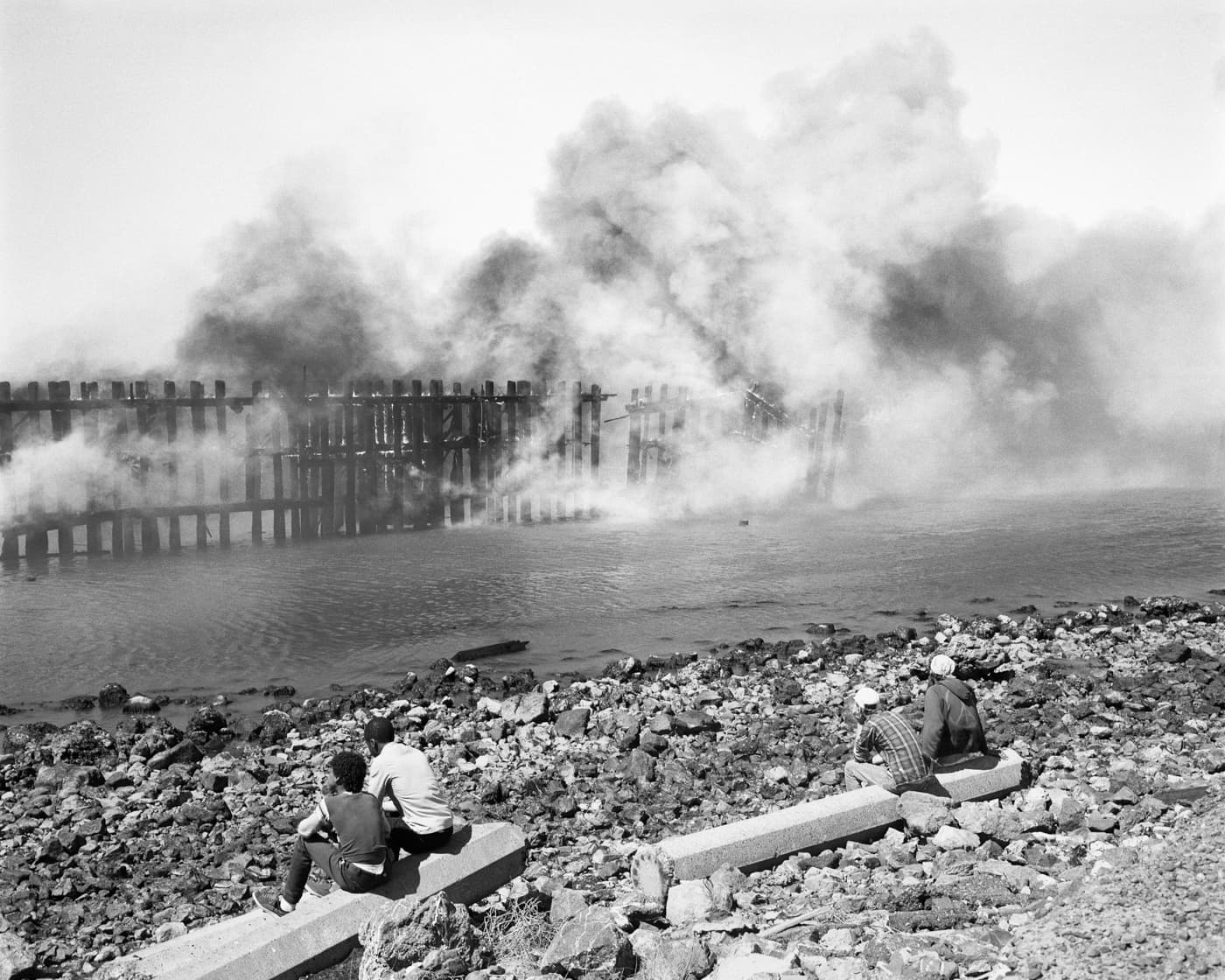
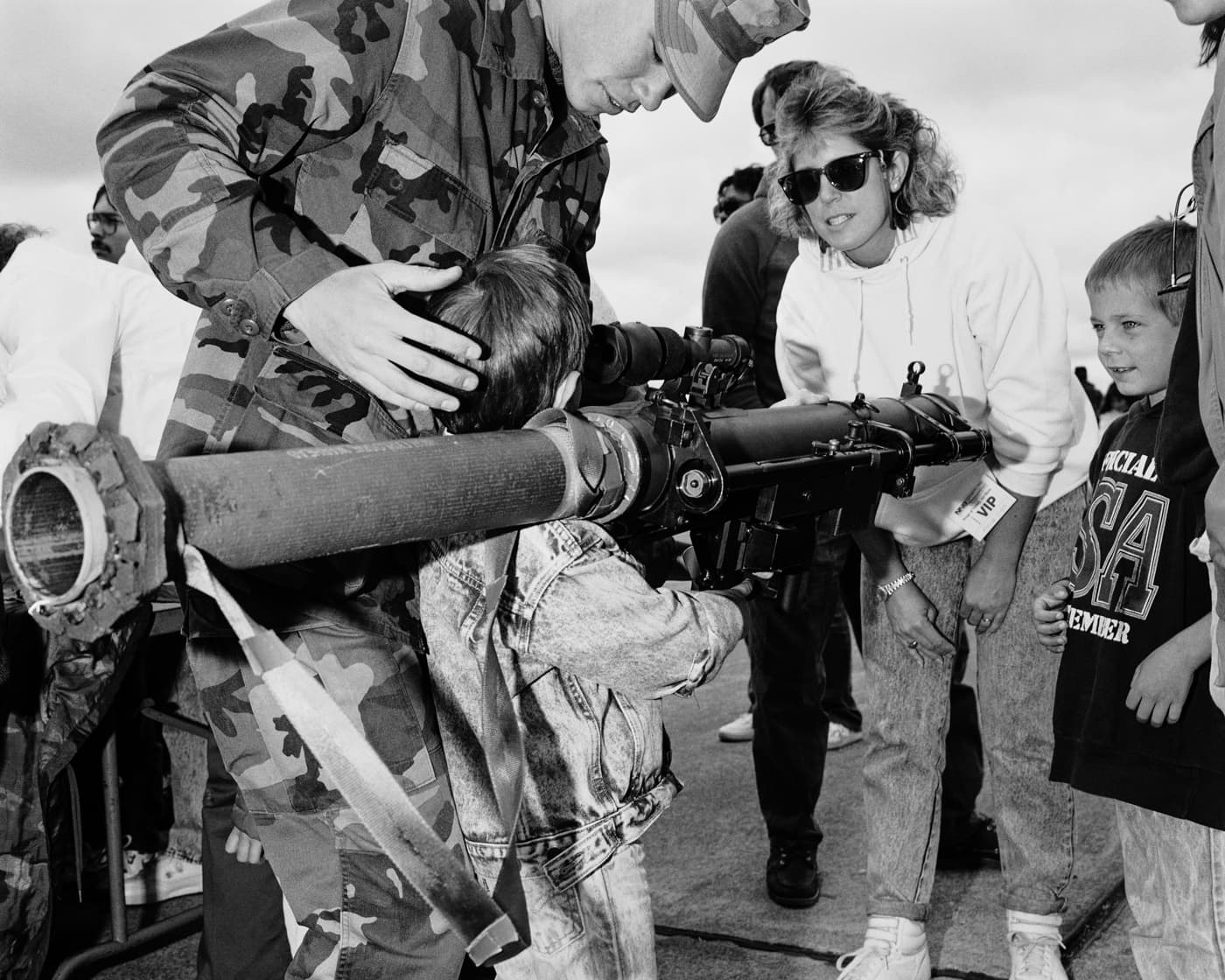
Landscape Stories: You are a photographer and a teacher. How has each influenced the others side? Can you talk about that a bit more? Any readings you'd like to recommend to us?
Mimi Plumb: The best of teaching showed me that everybody had something worthwhile to say. That potential didn't always come to fruition, but I believed in the possibility of each student to do something of consequence because I could see the seeds of it in their work. I think teaching made me less cynical about people. But ultimately, it was up to each person to determine if it was worth their while to continue the practice.
I'm most interested in hearing photographers talk about their work which is often less theoretical and didactic than what critics might write.The introduction to Diane Arbus's monograph is illuminating. It's not that I agree with everything Diane Arbus writes. But I find it to be an honest reflection of how she went about making images, and far more interesting and incisive than reading Susan Sontag's critique of Arbus.
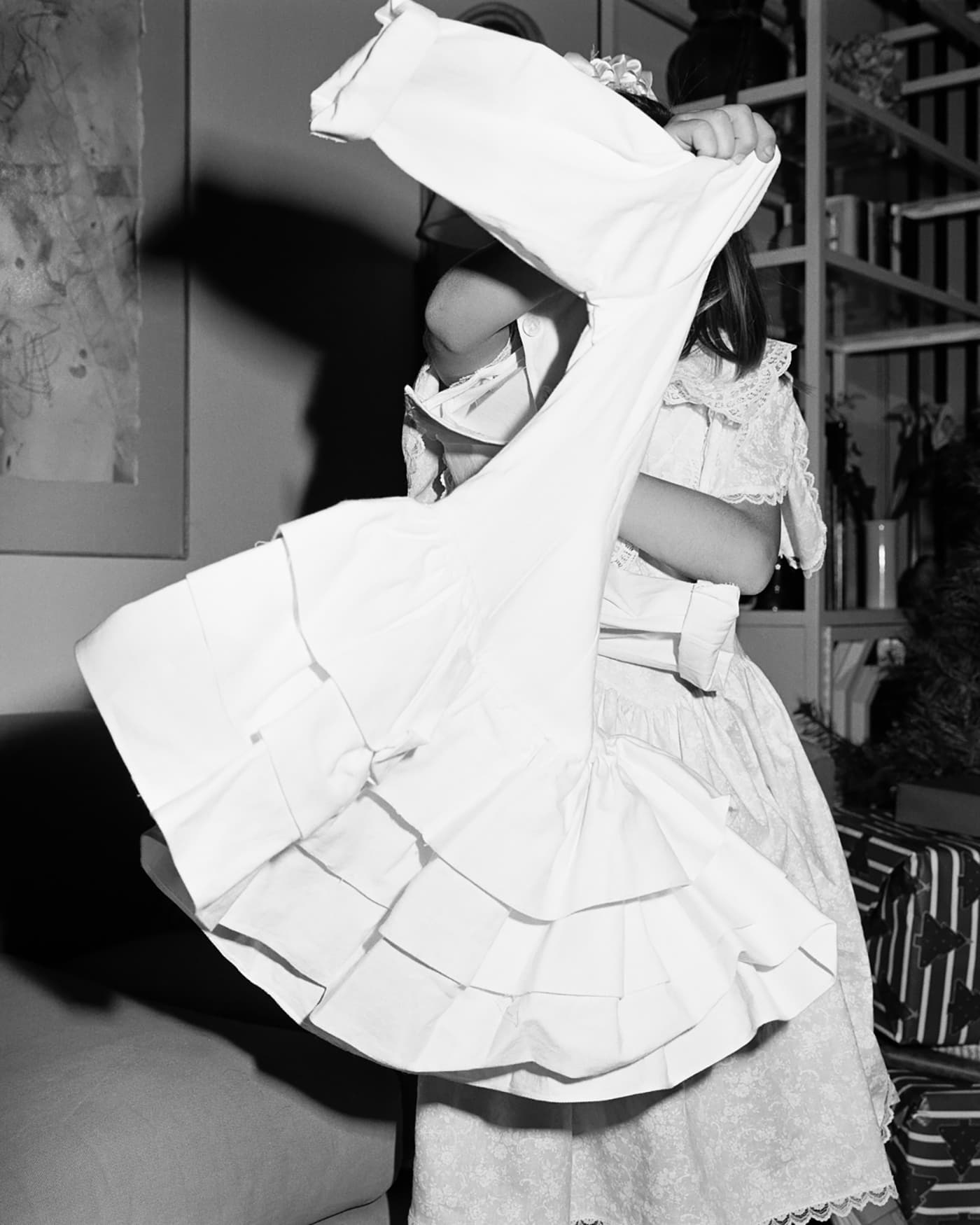

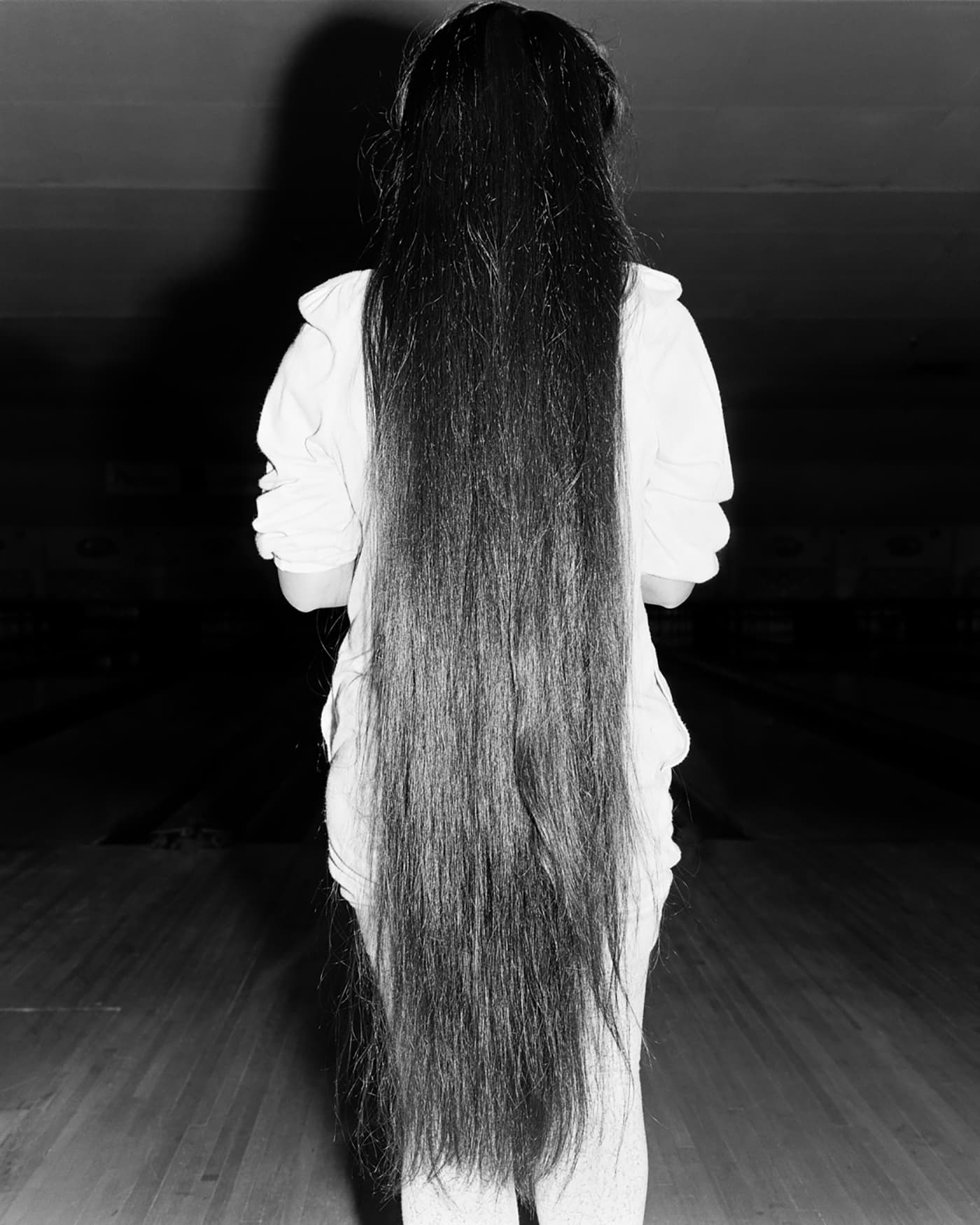
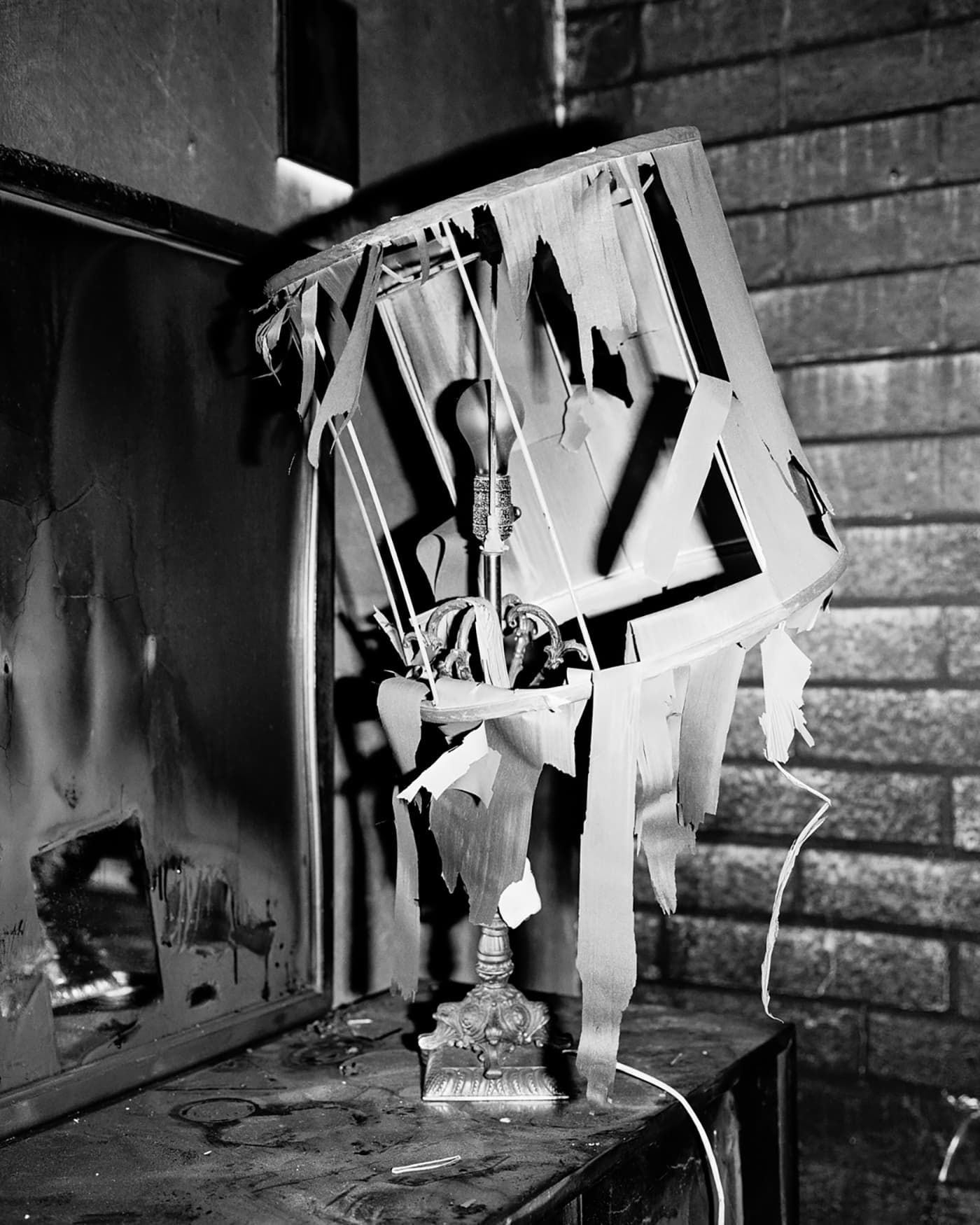
Landscape Stories: How does the project "Landfall"(TBW, 2018) evolve since you start? Why did you start working on this and how did you first find the people you worked with? Do you think that it is important to interact and communicate verbally with your photographic subjects before shooting? Tell us more about your approach to subjects...
Mimi Plumb: The early 1980s encapsulated for me the anxieties of a world spinning out of balance. Global warming, civil wars in the Middle East and Central America, and the election of a former movie actor to the presidency of the United States, all contributed to the sense of no future.
When I returned to the San Francisco Art Institute in 1984 to attend graduate school, I worked closely with teacher and mentor, Larry Sultan. I think Larry was quite engaged with my photography because he and I both wondered what is to be done? How does one photograph what it feels like to live in this particular moment in history? "Landfall (Dark Days)" came from this desire to visualize the despair and disillusionment that I was feeling, an expression of a world turned upside down. Larry's curiosity and interest helped to fuel and maintain the project while I was in grad school.
Some of my earliest pictures from "Landfall" were of the remains of a house fire, up the street from where I lived. Inside the house I found a burnt world globe, burnt dishes, and burnt telephone books. In the basement I found the charred snapshots of an unknown family. In a bedroom I found a burnt dresser and burnt lamp. Years later the burnt lamp reminded me of when I was 9 years old, during the Cuban missile crisis in 1963, and my mother told me there might be a nuclear war. For a period of time I would wake up in the middle of the night to repeatedly look at the hallway clock, and worried about not sleeping. And at school, my classmates and I practiced getting under our desks.
Included in "Landfall" were photographs of manmade scars and refuse seen both in the city and Western landscape. And as I continued the project over a period of 6 years, I added pictures of both friends and strangers, often in odd and disquieting poses, seeking to describe the sense of discomfort I saw both in myself and in my community.
Most often when photographing people I ask for their permission. And most of the people in "Landfall" were friends and family.
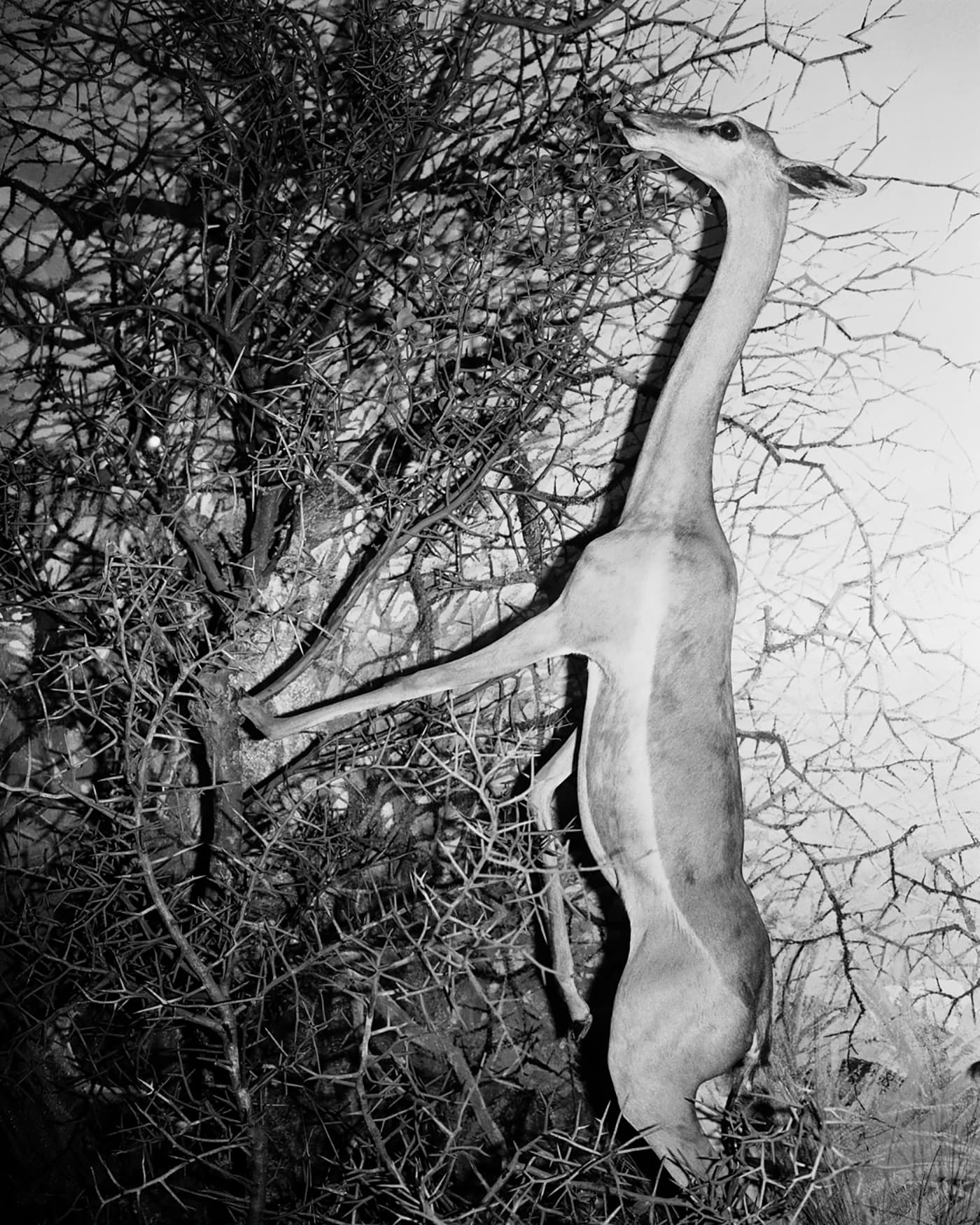


Landscape Stories: How important is the narrative dimension in your work? How do you look ahead your pictures... as single shots or rather as a sequence of shots? What about the power of one photograph?
Mimi Plumb: I think one photograph can be powerful but it can't really get at the complexity of content that I'm after in a project. Yeah, my projects definitely require a sequence of images.
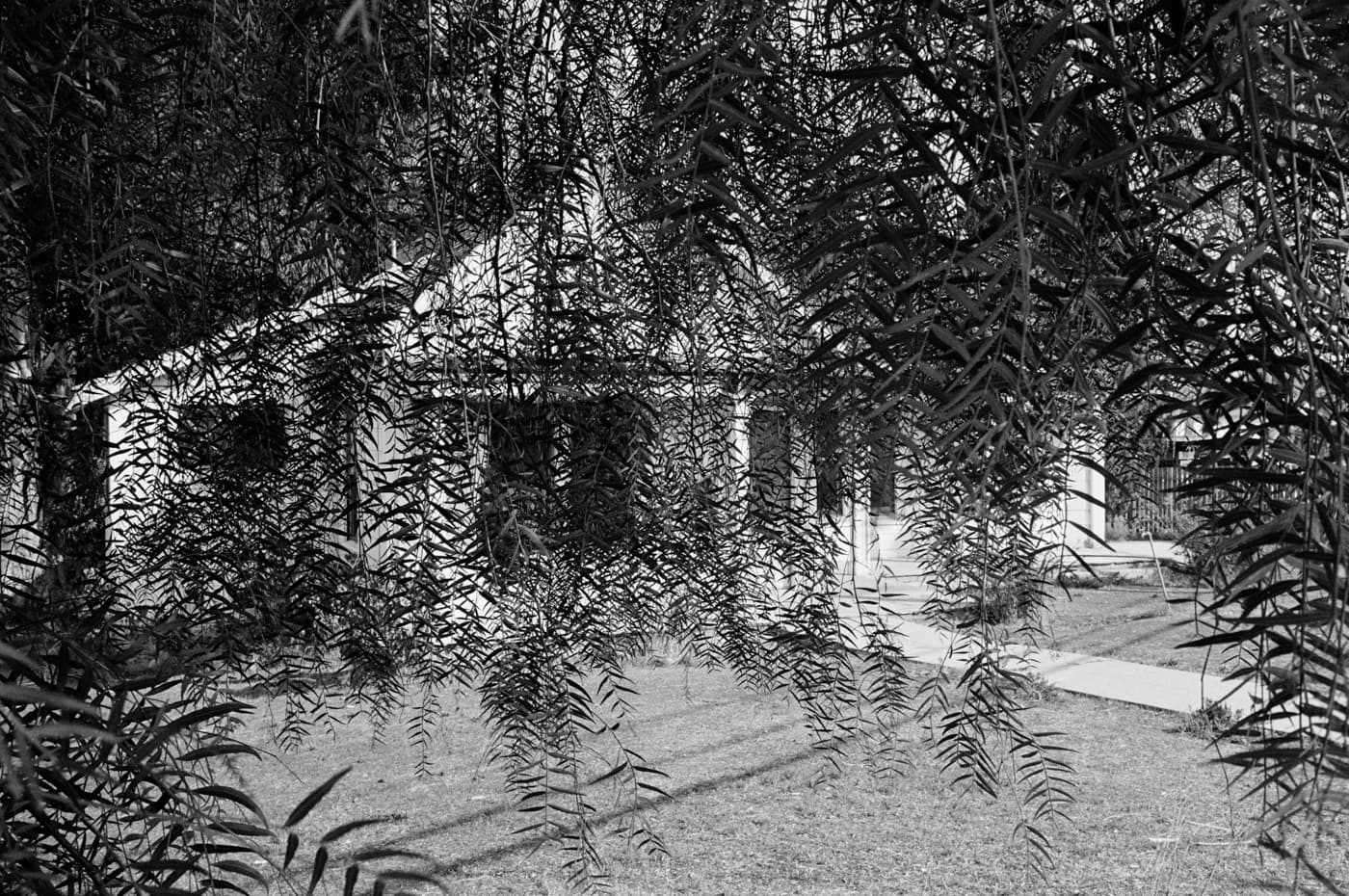
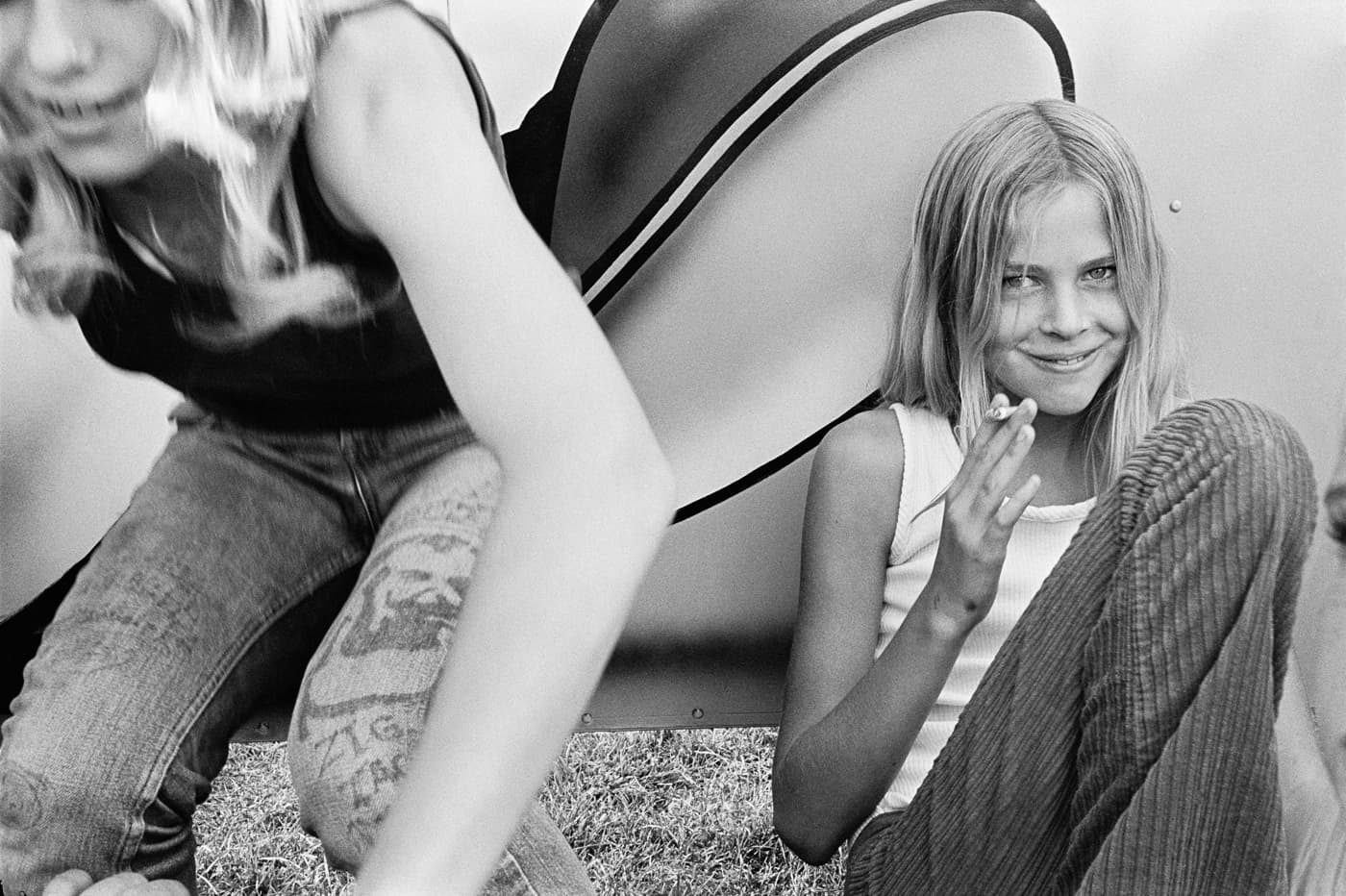
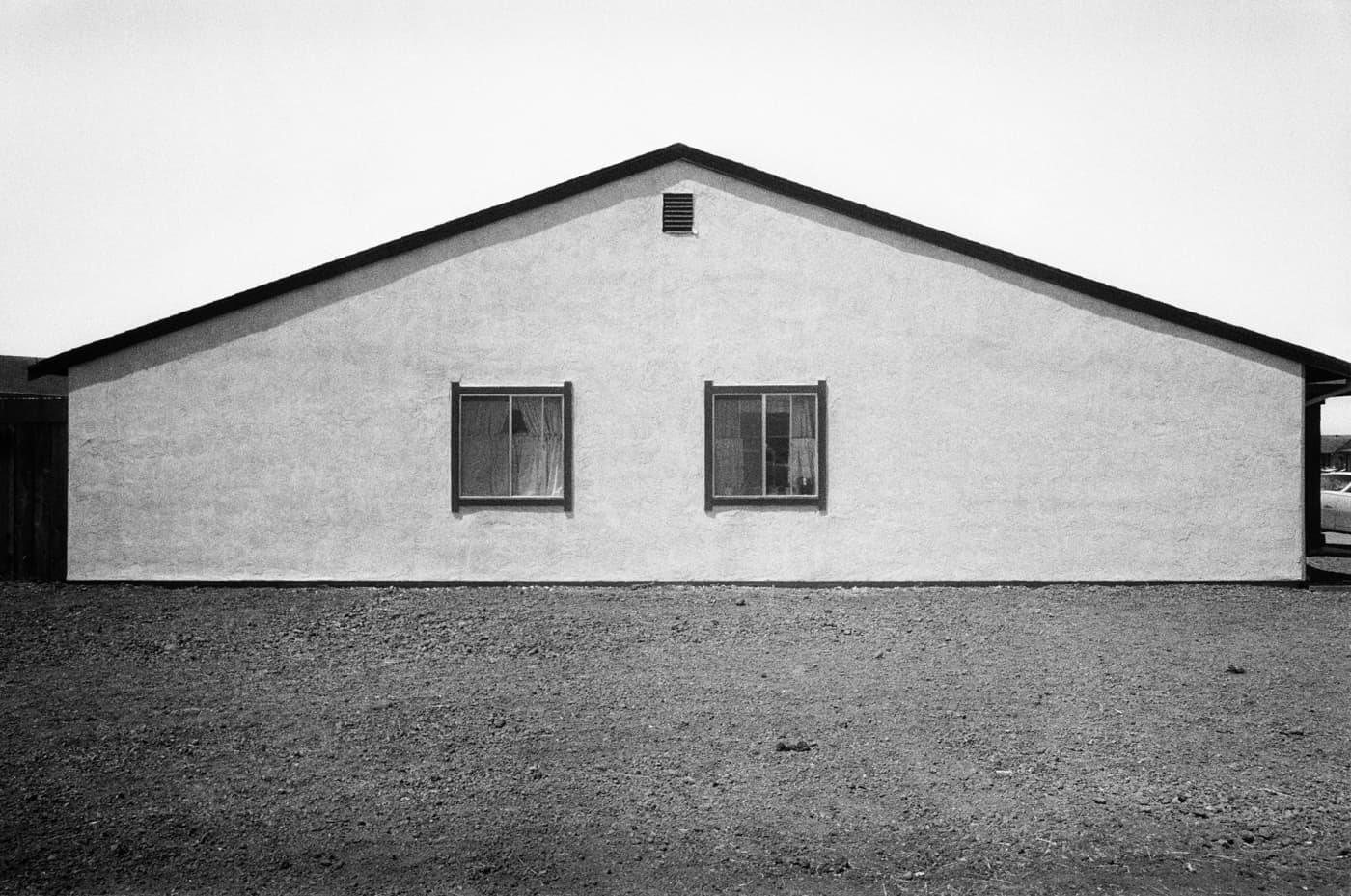
Landscape Stories: Could you tell us something more about the creation of the book "The White Sky"(Stanley Barker, 2020)? Do you mind quickly explaining for our readers why you chose to make this book, and what you hope to accomplish with it?
Mimi Plumb: Simply, I just hope to have my voice in the mix of childhood memoirs, written and photographic, that exist in the world. Stanley/Barker contacted me last September to see if I might be interested in making a book with them, and expressed particular interest in publishing my 70s suburban pictures. I jumped at the chance to work with them, and to get this series published.
Here's something I wrote about "The White Sky" that speaks to the content of the work.
The starkness of the landscape hurt my eyes. The low brown hills coated with dry grass, scratching my ankles, fox tails caught in my socks. I was always looking for a place to hide from the bright, "The White Sky". The raw dirt yards and treeless streets, model homes expanding exponentially, with imperceptible variation. Suburbia, the landscape of my childhood.
At 13 we wore faded 501 jeans, torn at the knees, tight white t-shirts, long straight hair parted down the middle. We wandered around the Walnut Festival, hiding in corners, smoking cigarettes, looking for stuff to do.
Throughout my childhood years, growing up beneath the shadow of Mt. Diablo in the California suburb of Walnut Creek, I watched the rolling hills and valleys mushroom with tract homes and strip malls, and to me and my teenage friends, they were the blandest, saddest homes in the world. The Haight Ashbury counter culture, existing no less than 20 miles from my suburban enclave, along with the anti-war and civil rights movements, called out to us, standing in sharp contrast to the bland uniformity of life in the suburbs.
I left for the city at 17, in 1971, when the two lane road to San Francisco became four lanes. I looked back in my late teens and early twenties to make these photographs about my suburban roots. My photographs are from various suburban communities around the San Francisco Bay Area, predominately the East Bay, including Walnut Creek, and the North Bay counties of Marin and Sonoma.
For me, the resonance is both eerie and meaningful in how the pictures I made earlier in my life are pertinent to the moment we're living through now. The land of fire and drought that I photographed in the 1970s today is ablaze, with 28 major fires burning throughout the state. As I look outside my window in Berkeley, California, the sky is orange, and we are in day 25 of unhealthy air quality due to the smoke. The American dream as embodied in the California suburbs is imperiled by a climate in crisis.
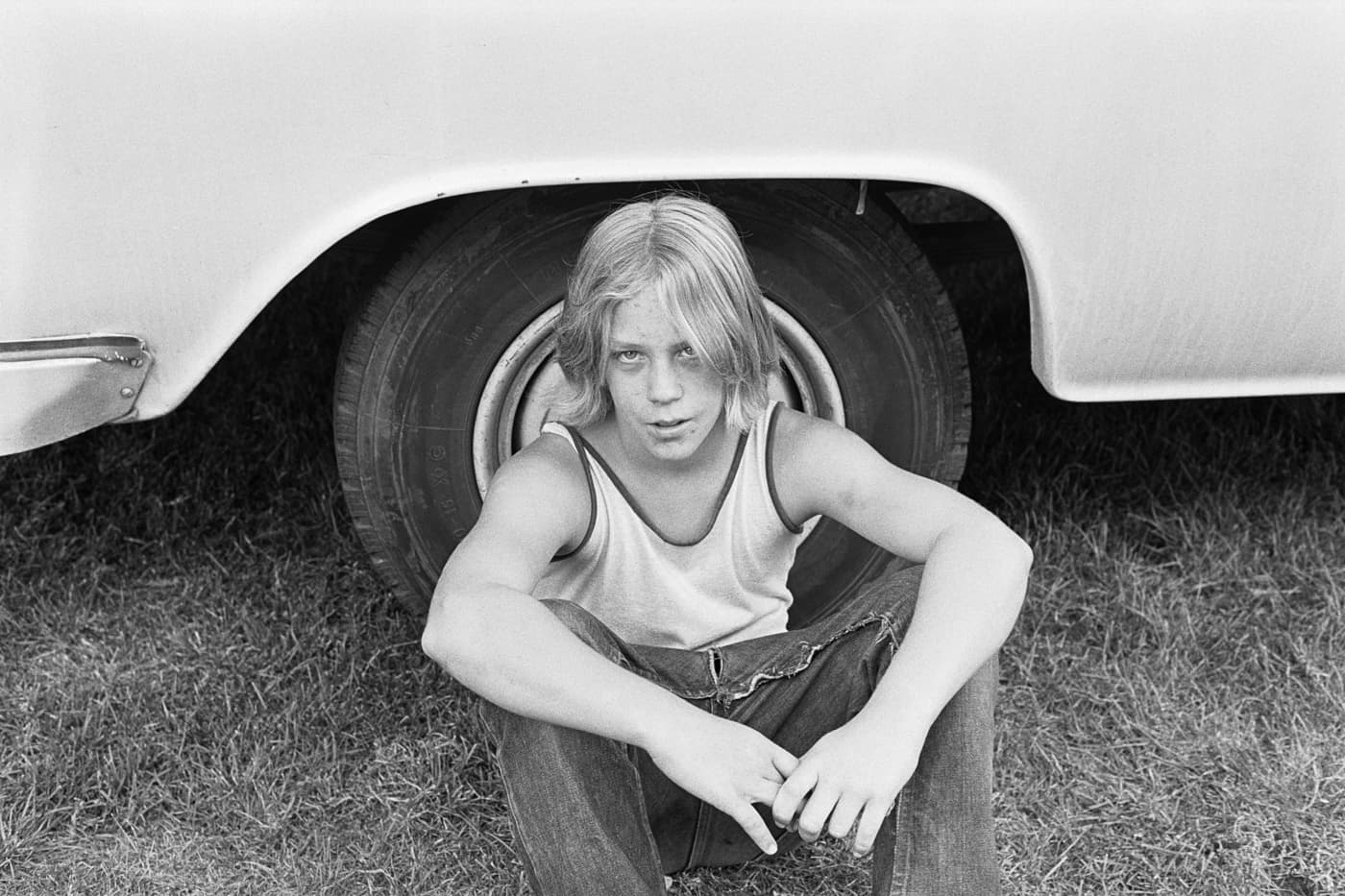
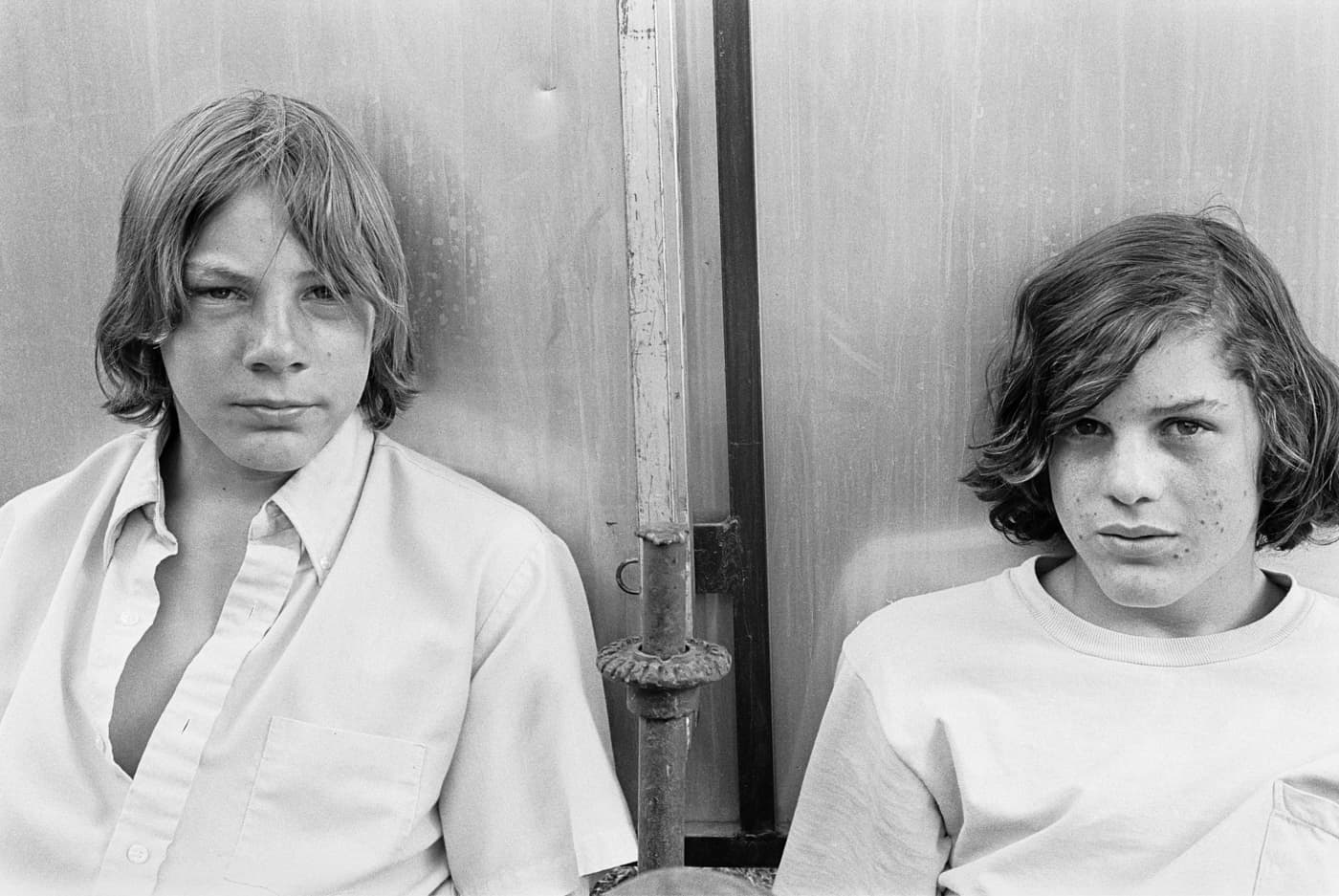

Landscape Stories: "At 13 we wore faded jeans, torn at the knees, tight white t-shirts, long straight hair parted down the middle. We wandered through the suburban landscape hiding in corners, smoking cigarettes, looking for stuff to do."
"Throughout my childhood years, growing up beneath the shadow of Mt. Diablo in the California suburb of Walnut Creek, I watched the rolling hills and valleys mushroom with tract homes and strip malls, and to me and my teenage friends, they were the blandest, saddest homes in the world.The starkness of the landscape hurt my eyes. The low brown hills coated with dry grass, scratching my ankles, fox tails caught in my socks. I was always looking for a place to hide from the bright, white sky. The raw dirt yards and treeless streets, model homes expanding exponentially, with imperceptible variation." - Mimi Plumb
Adolescents appear and disappear like shining planets, mysterious and moody. The teenager, until he is an adult, will move in low defined social boundaries where exploration and discovery are still possible, roles are not well defined and the sense of freedom is dangerously palpable. What is interesting about the unforgettable period of adolescence? How do you conceptualize it in your work?
Mimi Plumb: Honestly, I have no idea how to answer this question of why teenagers are interesting and unforgettable. And I'm not so sure I conceptualize it in my work. But I do see, rather than conceptualize, in the teens I photograph, their mystery and power. I love what you wrote about adolescents appearing and disappearing like shining planets, mysterious and moody.
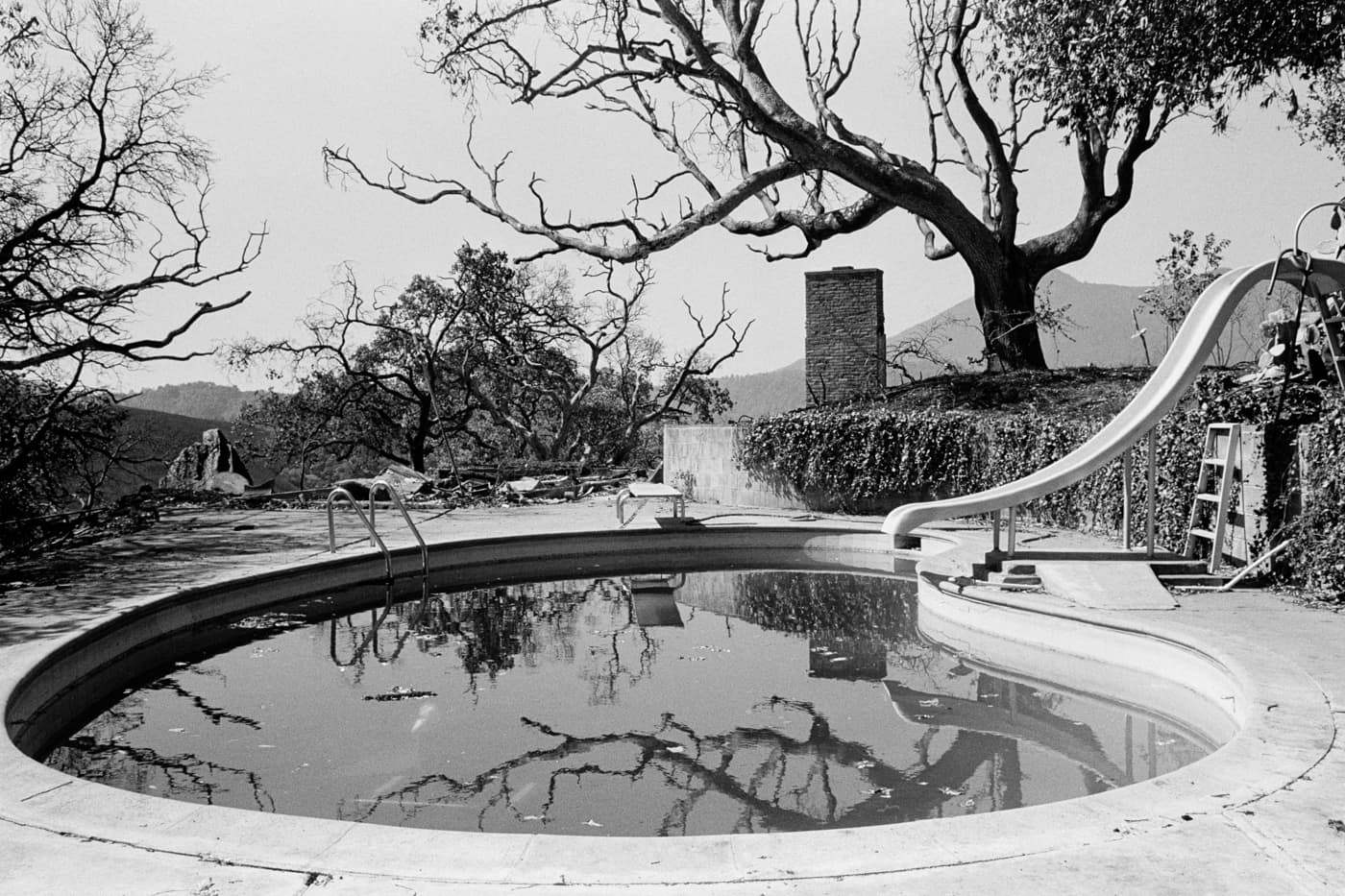
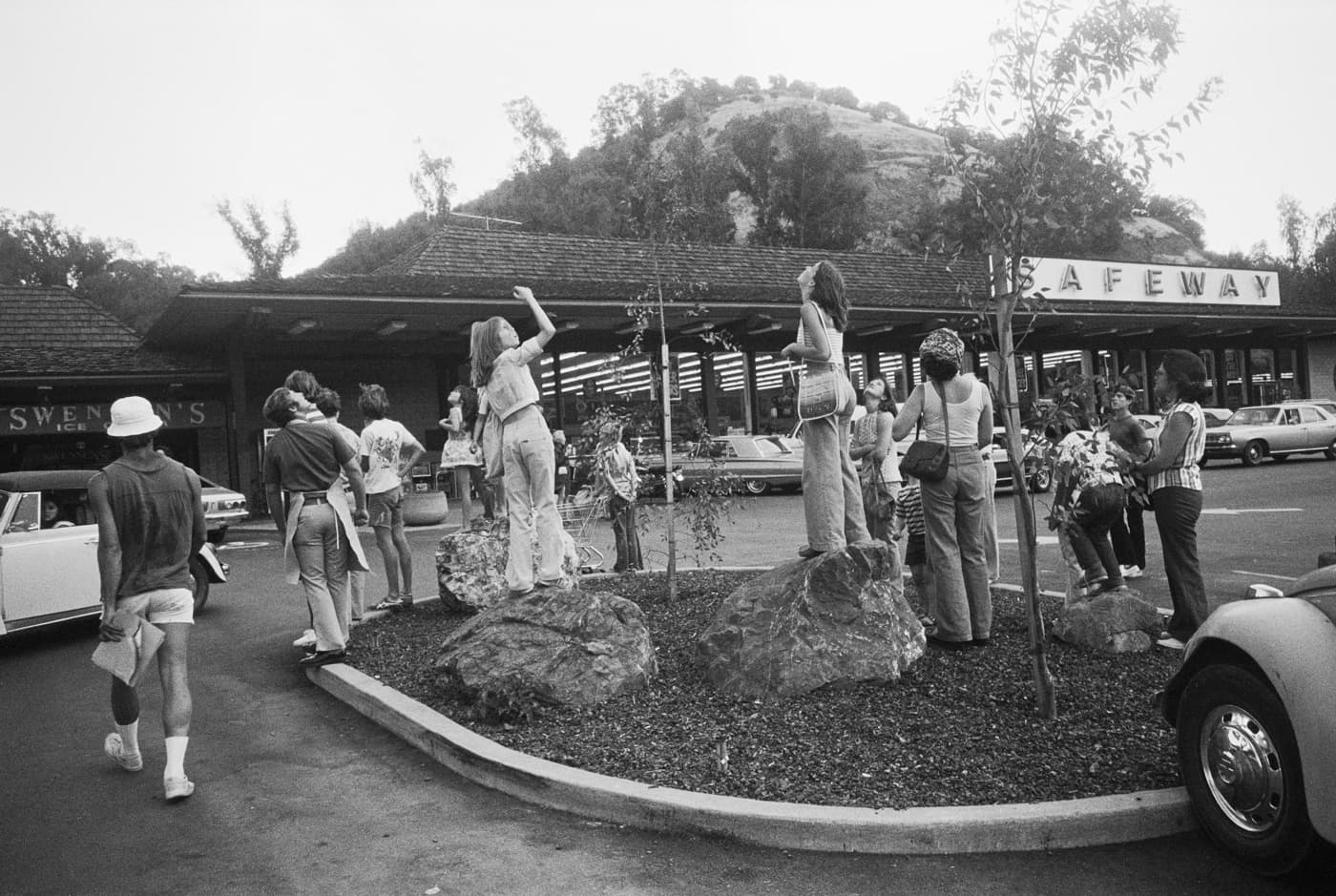
Landscape Stories: Do you have a method of working which you follow for each series, or does it vary for each different project? How did your personal research change over time?
Mimi Plumb: My projects develop in the making of photographs, what's going on in the world around me and how I'm responding to it. There isn't a conscious set pattern to what I do. And I don't have an academic approach to making images. I see the process of photographing as a grand experiment. One thing leads to another. It's a circuitous path to the completion of any body of work.
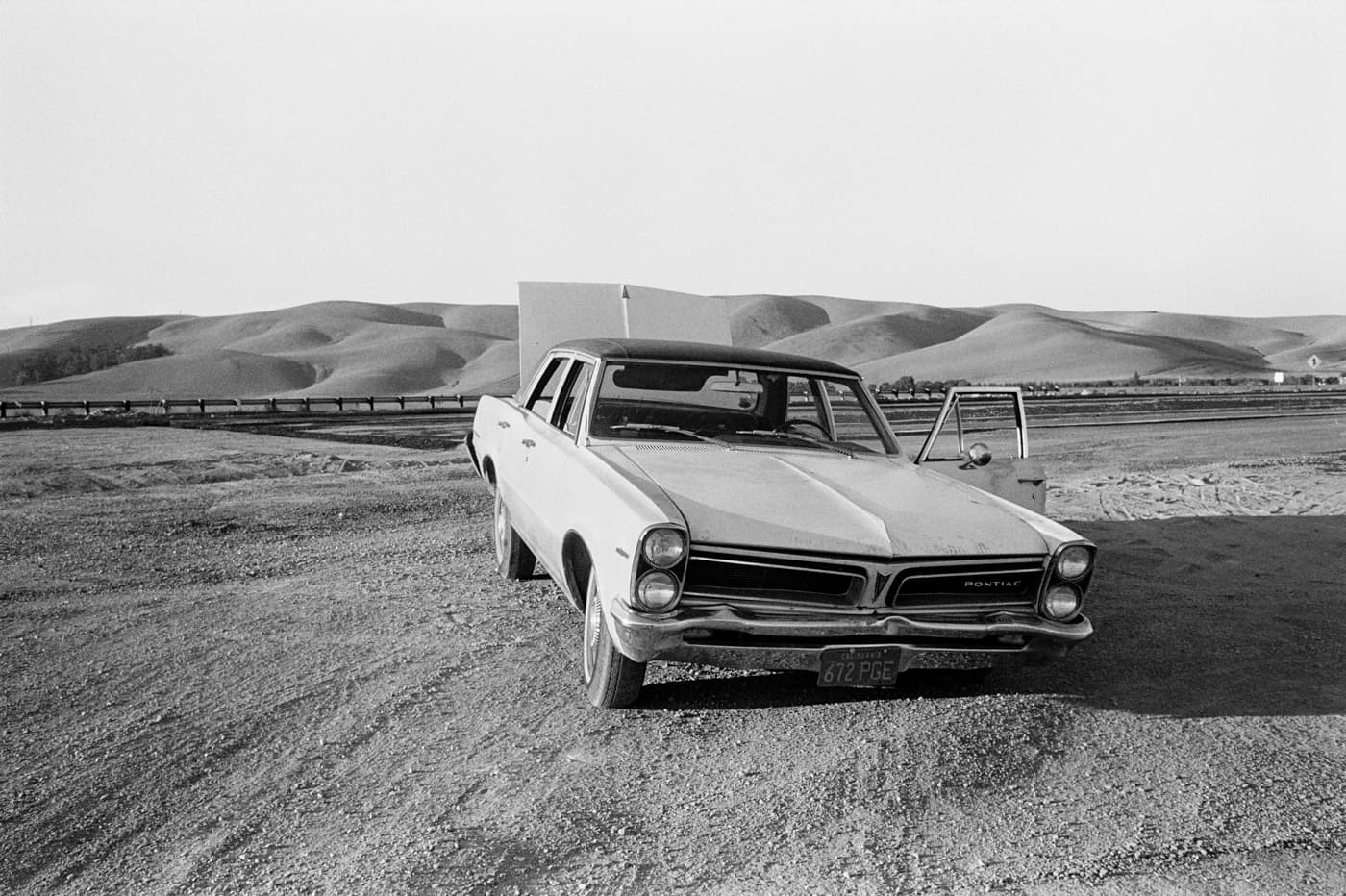
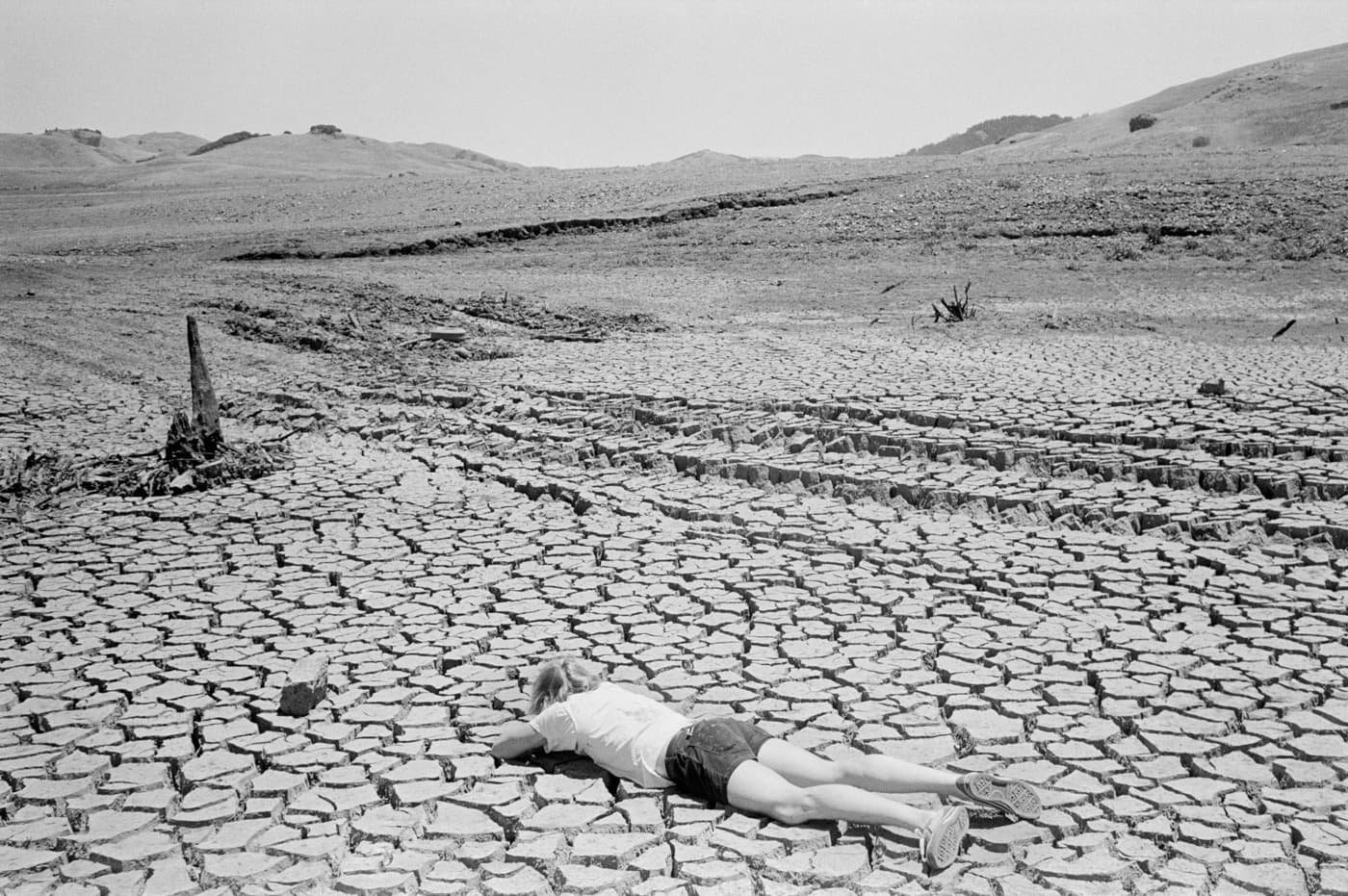
Landscape Stories: To love truth means to endure the void and accept death. Truth is on the side of death." Simone Weil
What are your opinions on the power of truth or its part in American contemporary society? How photography is helpful to understand reality, to overcome the suspended uncertainties, to dissolve doubts?
Mimi Plumb: There is a certain veracity in photographic images, very particular to the photographic medium, that I find fascinating. On one hand, my images are completely subjective, a reflection of how I see things, and yet there is an objective fact to the things that I'm photographing. It's that play between the two that keeps me engaged and having fun when making photographs.
I do think photographs can help to reveal truths about the world. For instance, Robert Frank's "The Americans", portrayed a grim, dark reality about race and economic disparity in America. Something that was not readily talked about or accepted at the time. Yet, the work spoke to what so many recognized to be the truth about American society.
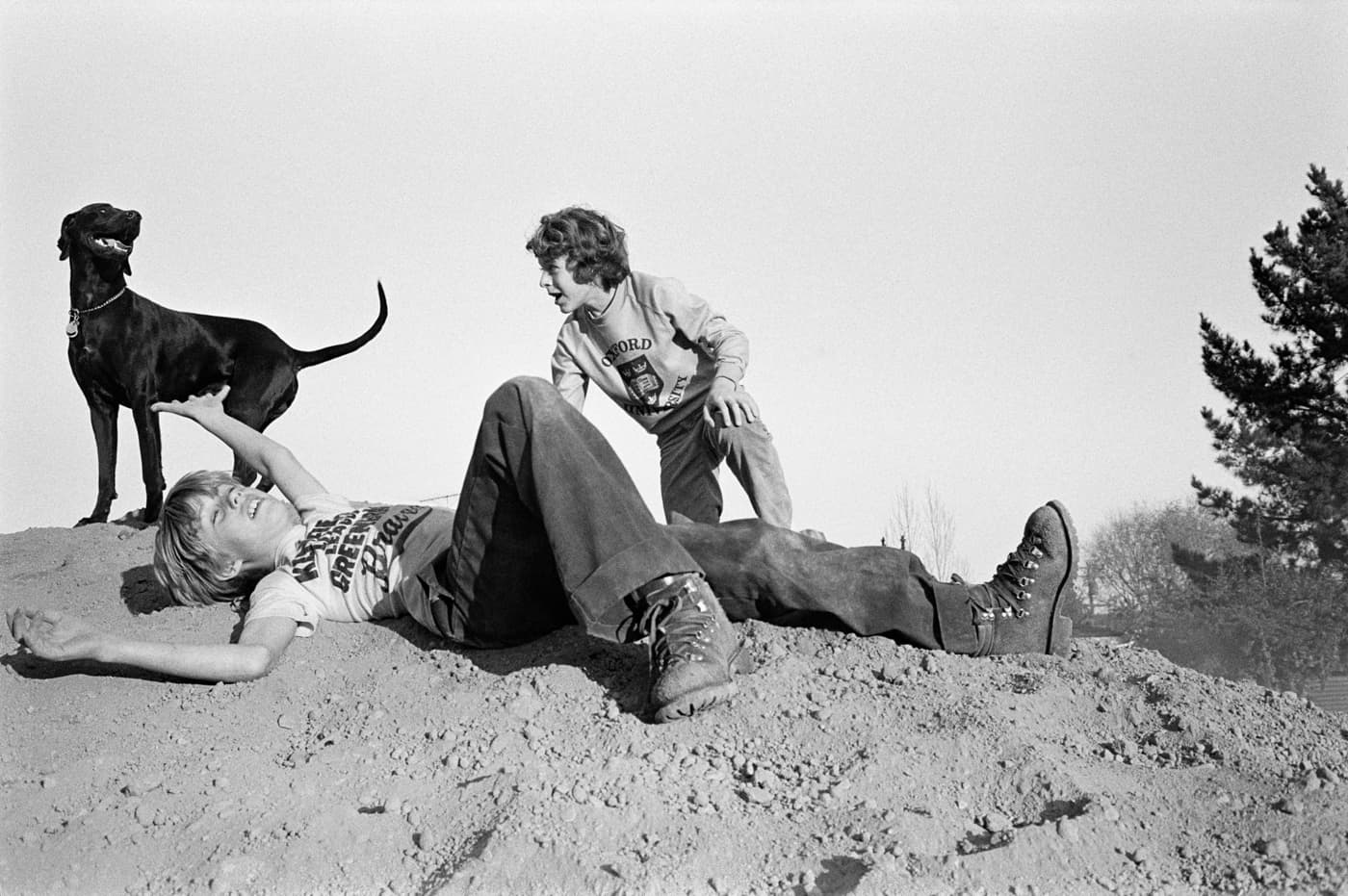

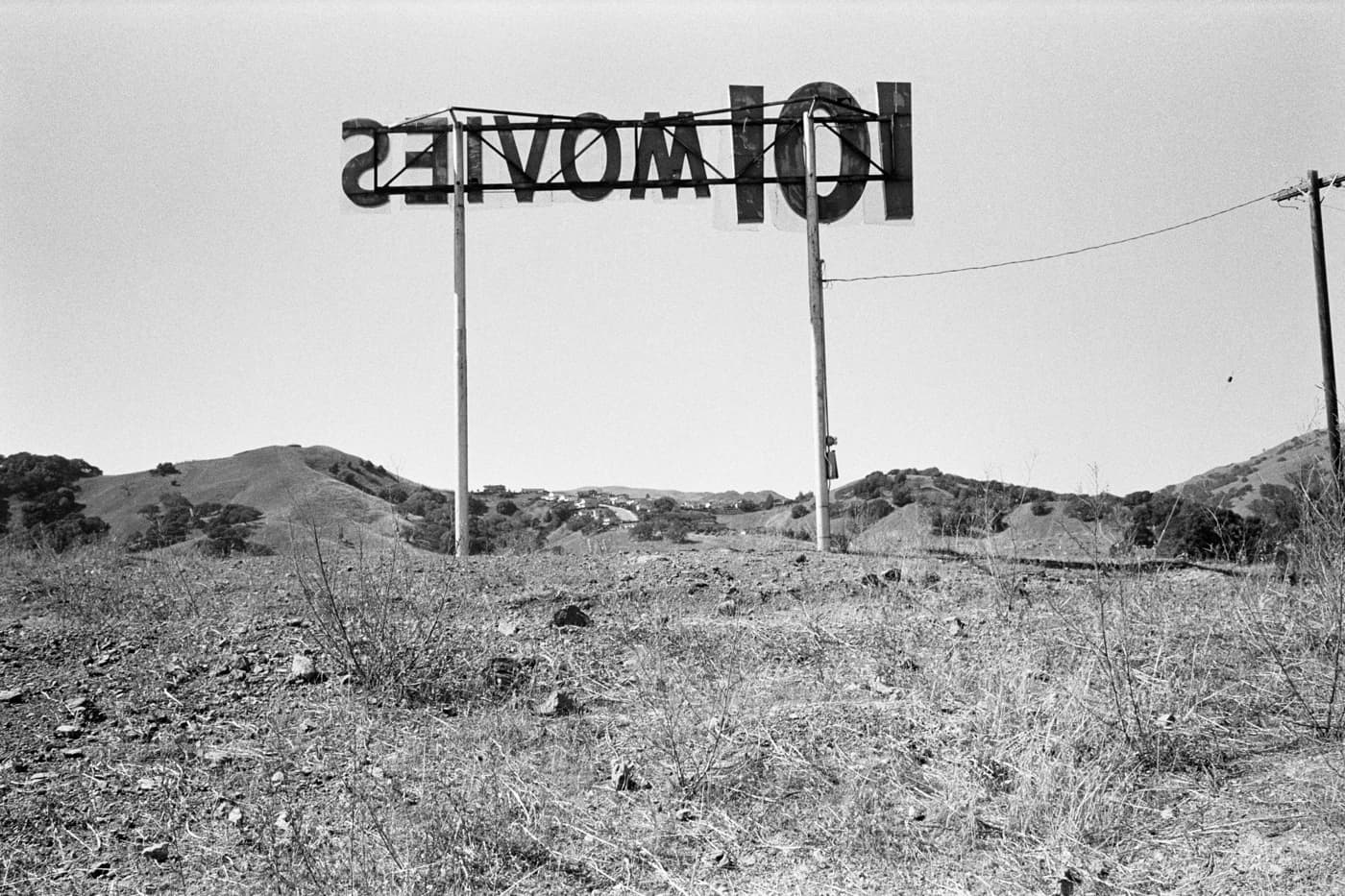
Landscape Stories: What books about photography would you recommend? Which photobooks you feel close or influential in relation to your "The White Sky"? Which books (not only of photography) that you recommend in relation to your "The White Sky"?
Mimi Plumb: A relatively new book that's one of my favorites is Deana Lawson's monograph, published a couple of years ago by Aperture. My understanding is that everything in her photographs is staged. They are wild, sexual, playful and at times heart breaking images. I can't dissect what the work means, but it's powerful nonetheless. Robert Frank's, "The Americans, is at the top of my list along with Chris Killip's "In Flagrante". Mark Steinmetz's "South Central", and "Past K-Ville" are two of my favorites. Alessandra Sanguinetti's book, "The adventures of Guille and Belinda" is a beautiful and intimate book about the relationship and transition to adolescence of two cousins in Argentina.
Of memoirs, Larry Clark's "Tulsa" is a gut wrenching photographic memoir about teenagers in the south. Nancy Rexroth's "Iowa" is a dreamy book about growing up in the mid-West. One of my favorite literary memoirs is William Finnegan's "Barbarian Days: A Surfing Life".
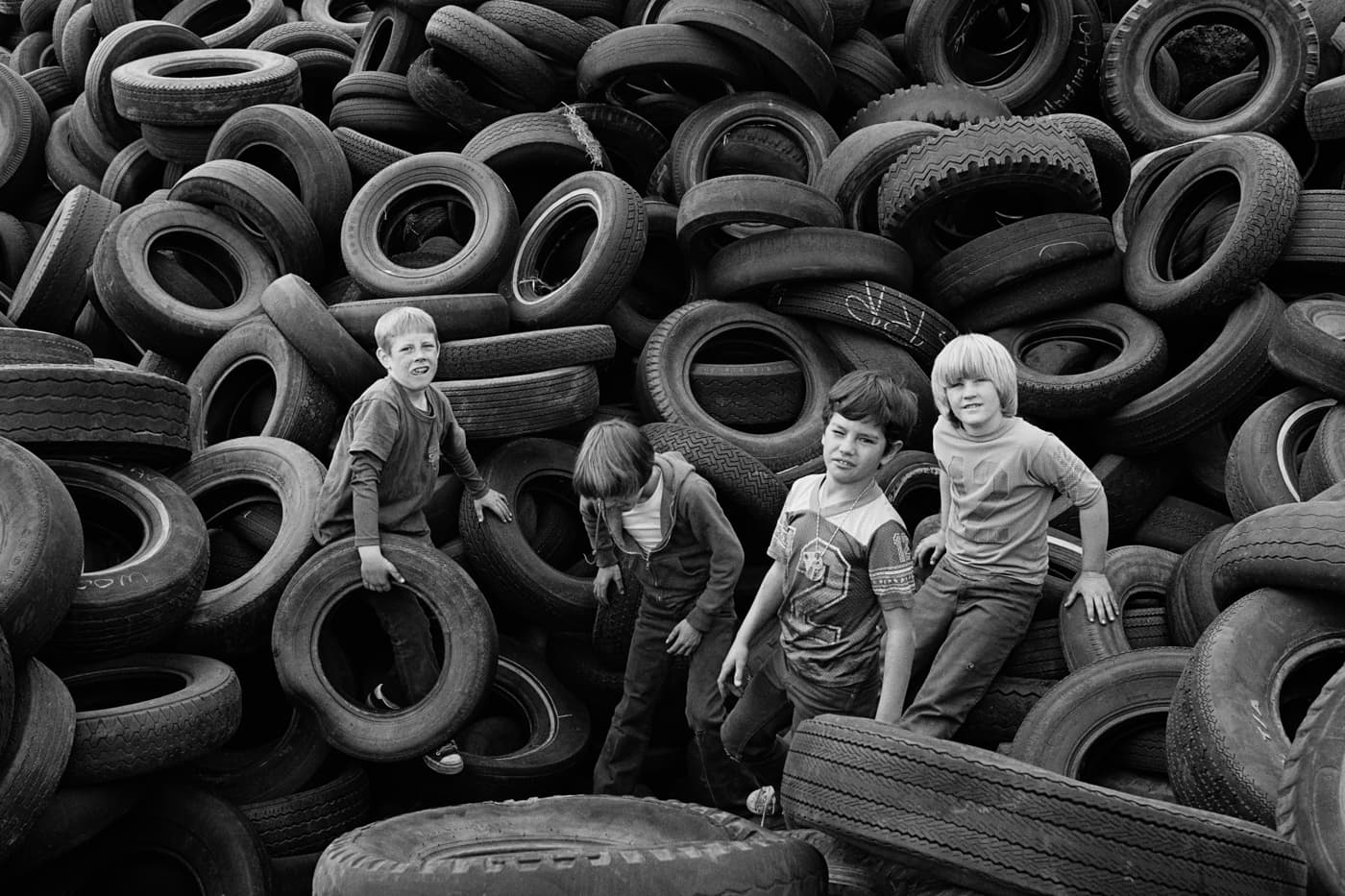
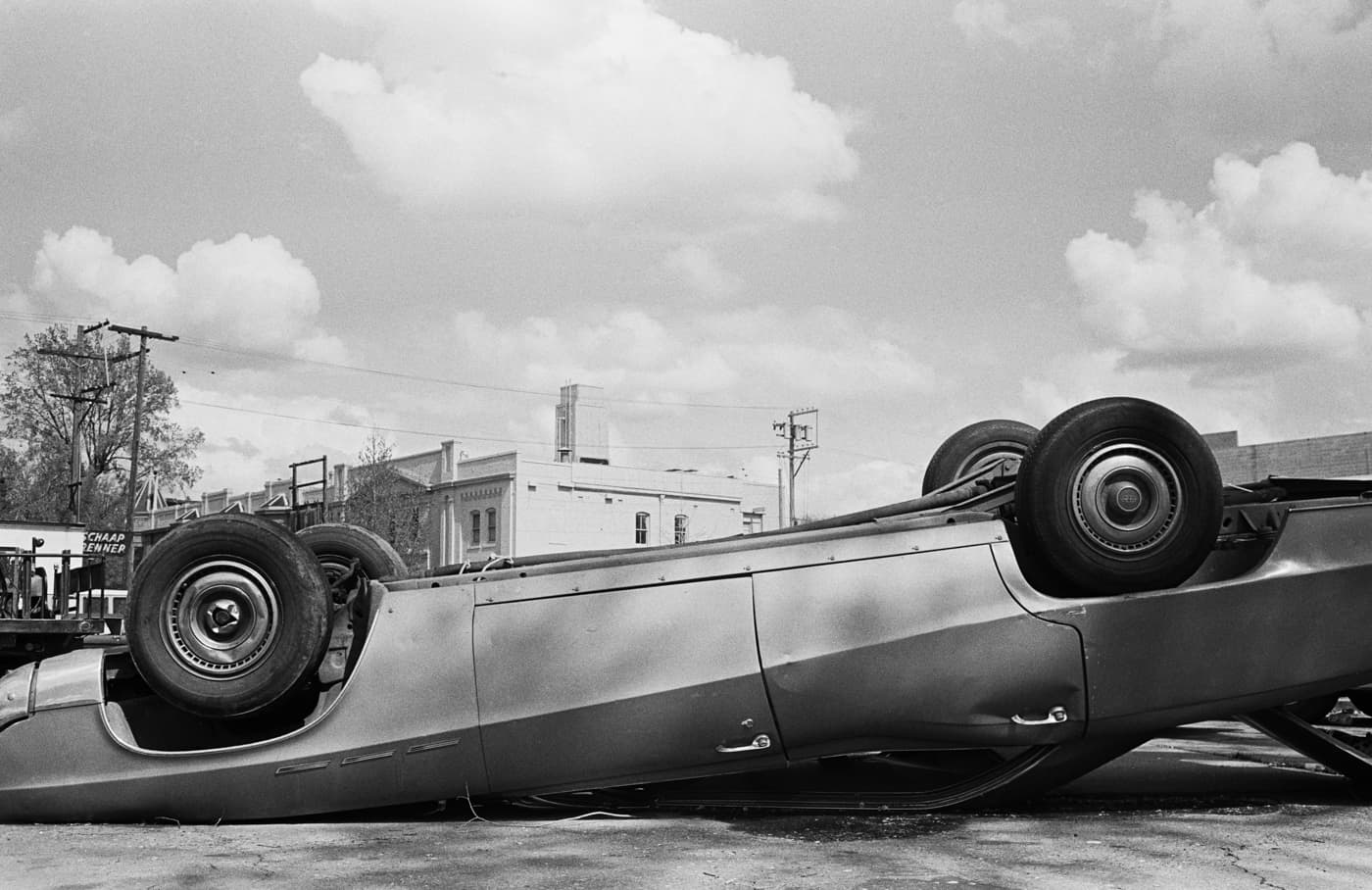
Landscape Stories: What's your plans for the near future? What's in store for you in 2020, photographically or otherwise?
Mimi Plumb: I'd love to make several more books from my archives, so that's on my mind. I'm thinking about combining new images I've been making over the past several years with older work in my archive. And as always, I want to continue making pictures.
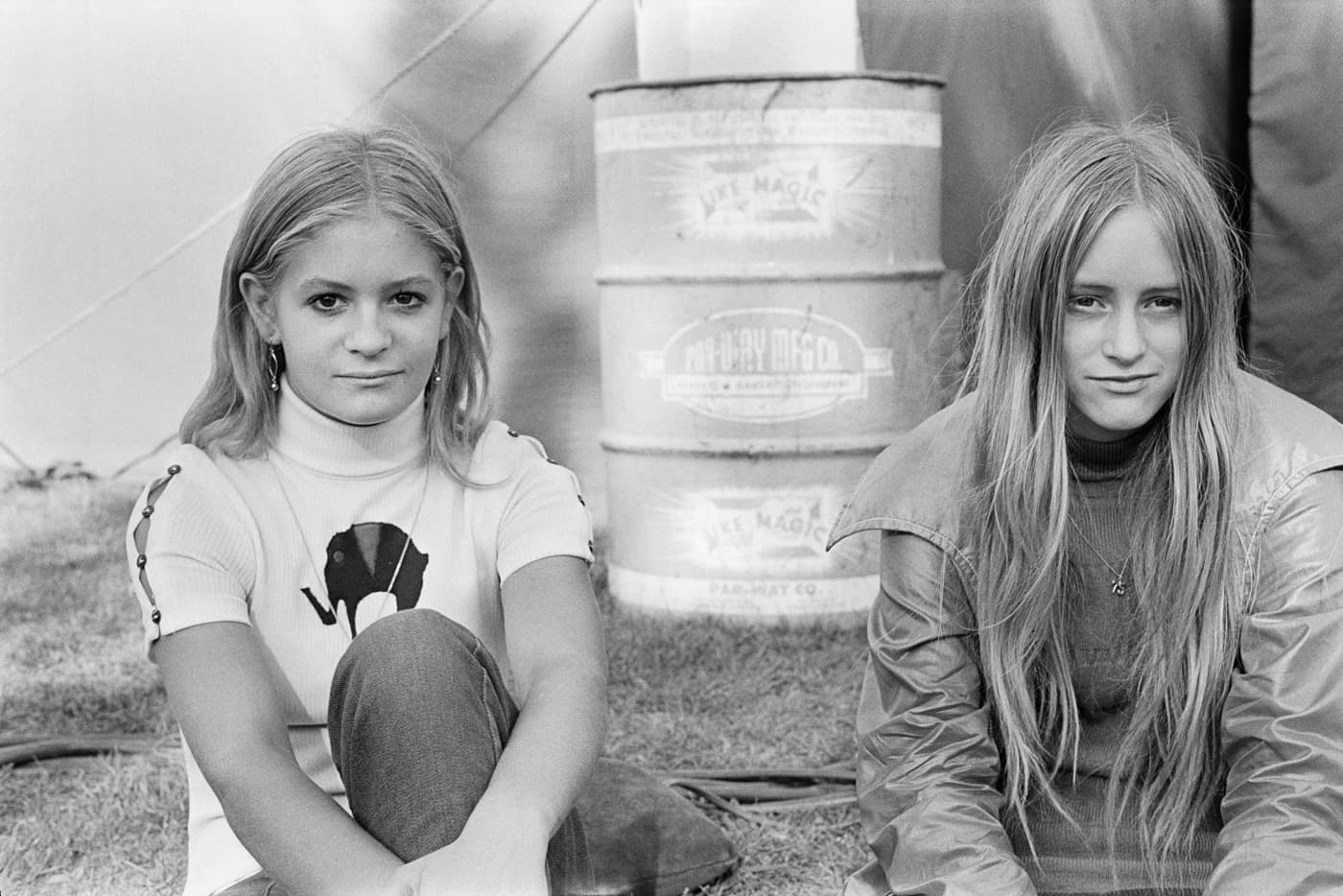
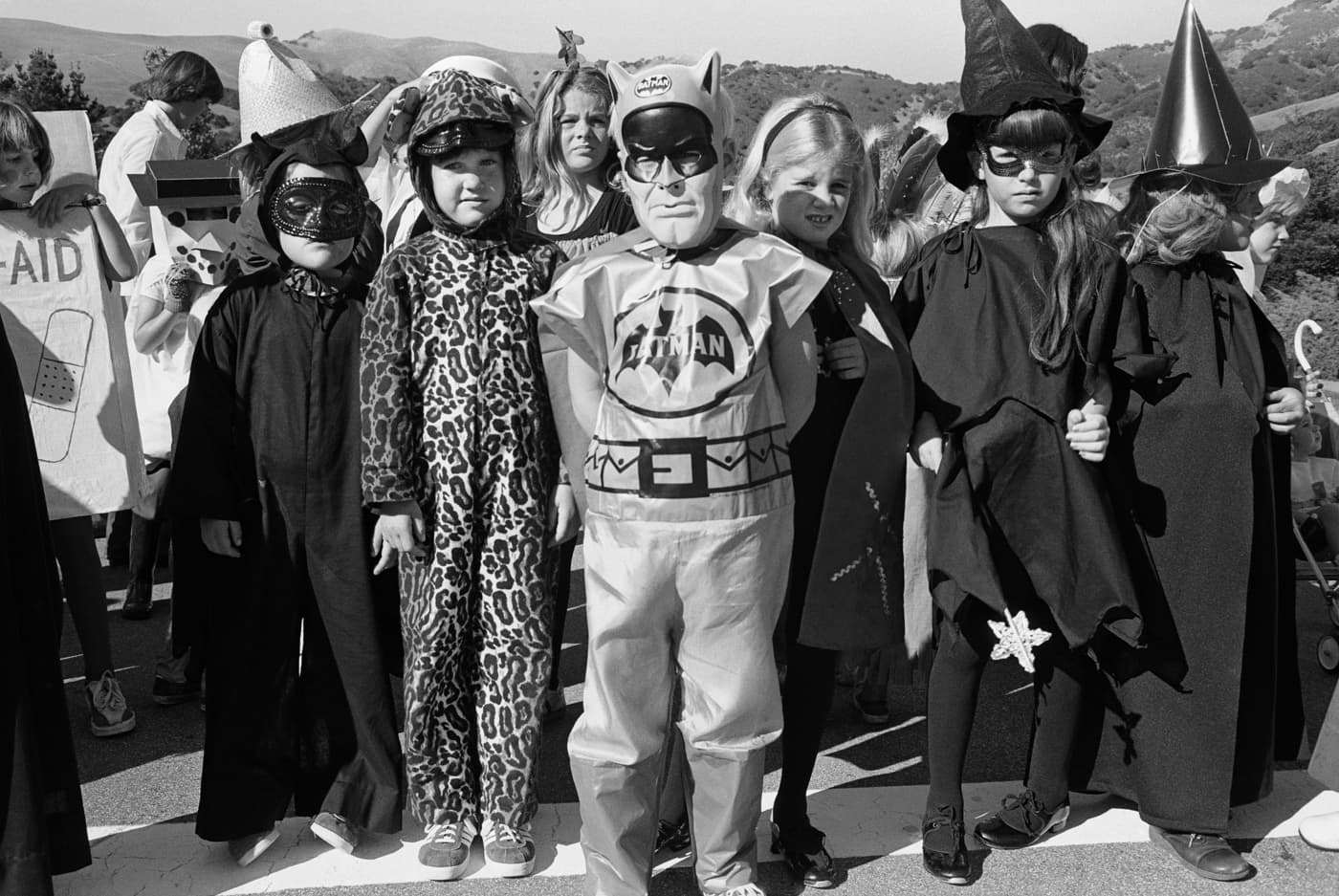
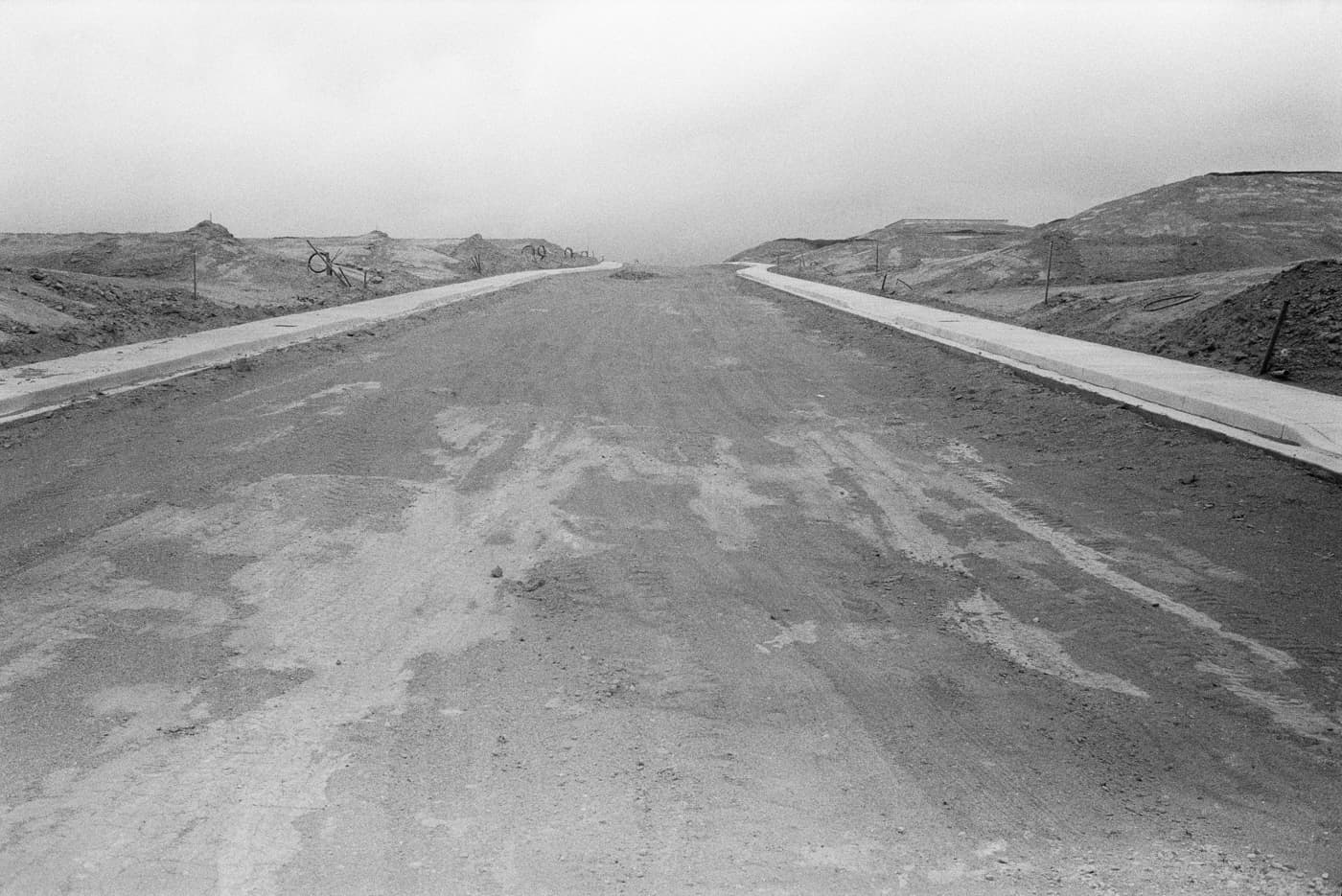
Interview curated by Gianpaolo Arena
